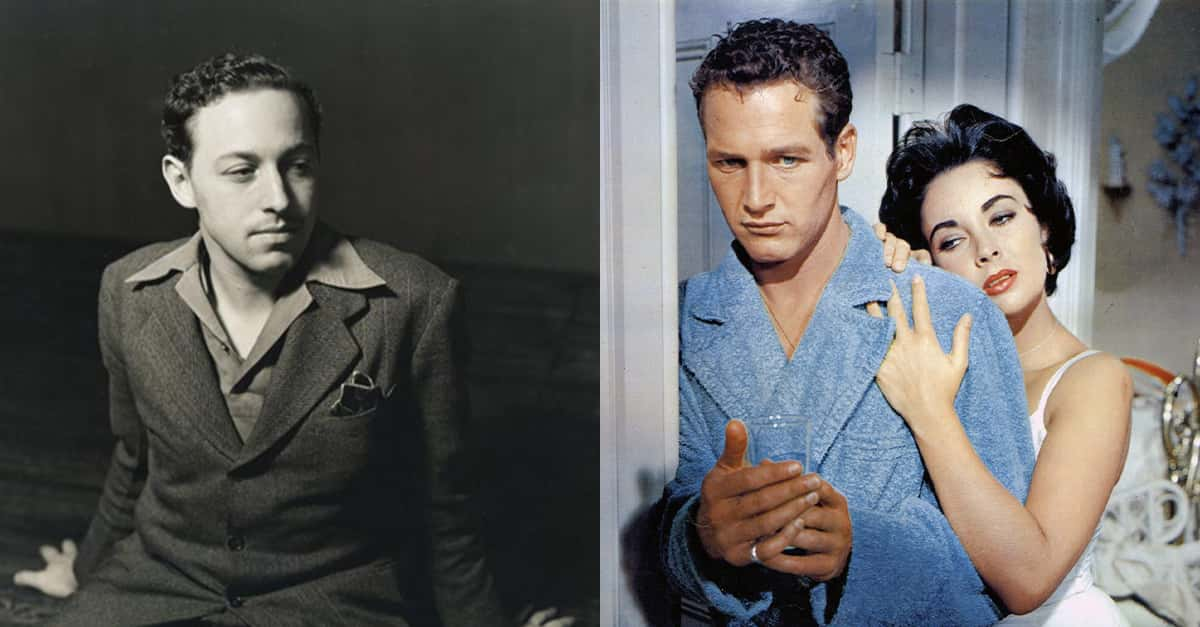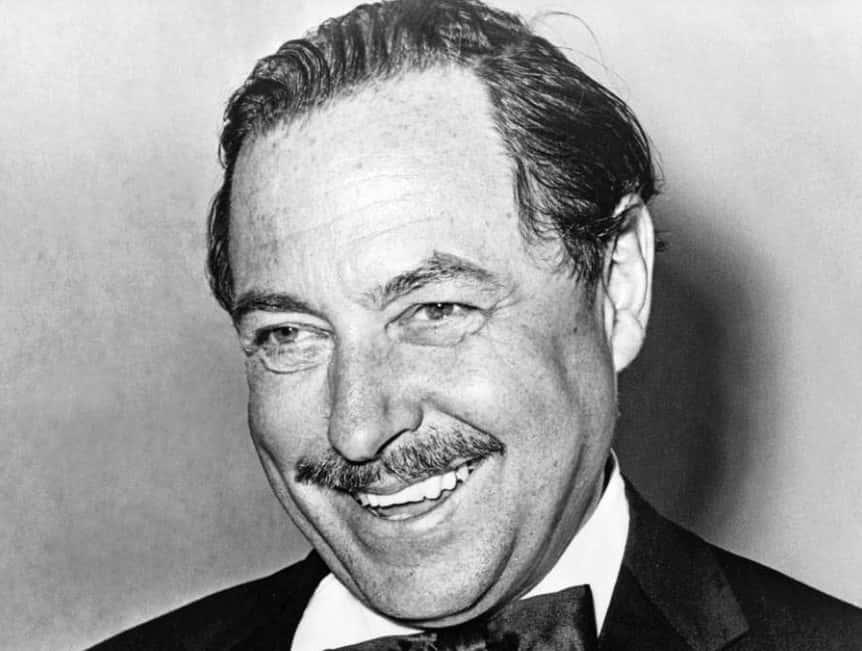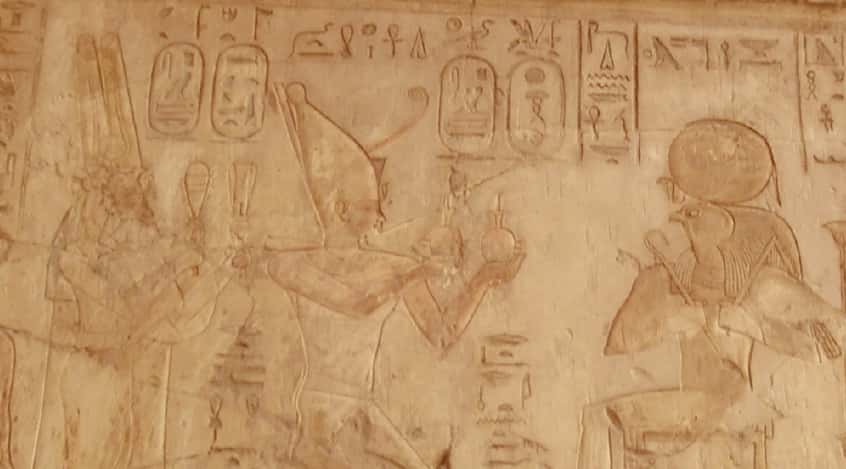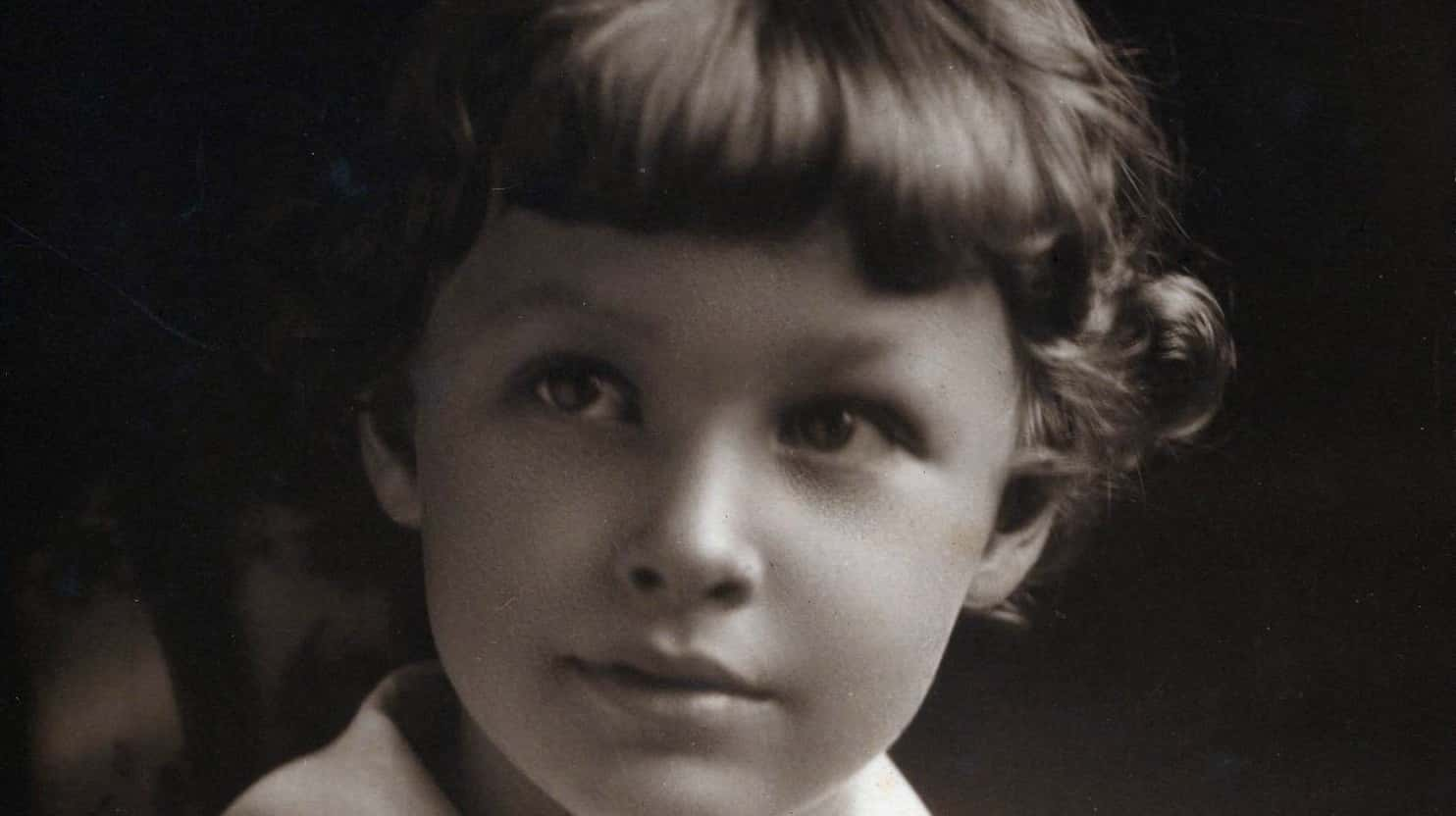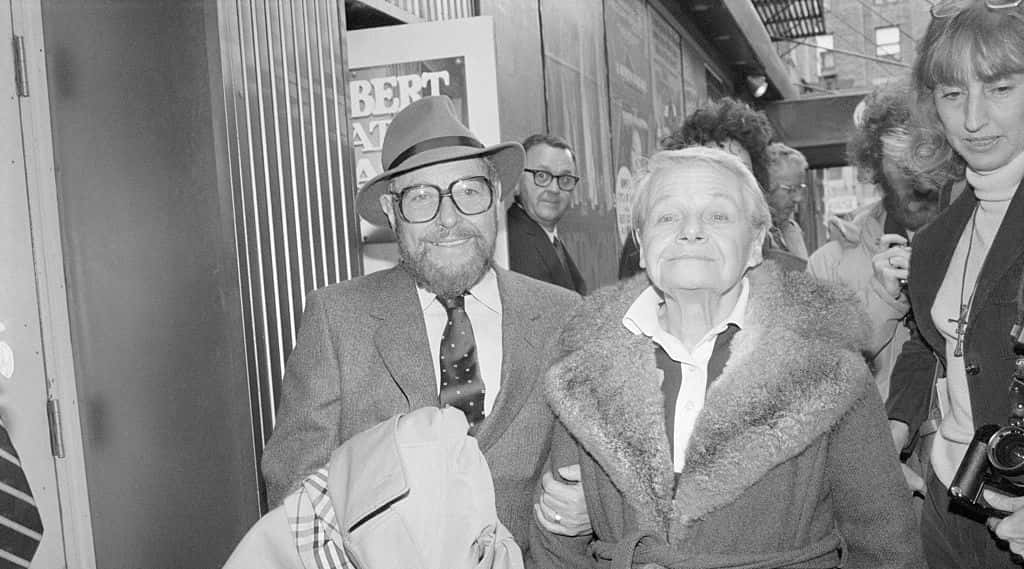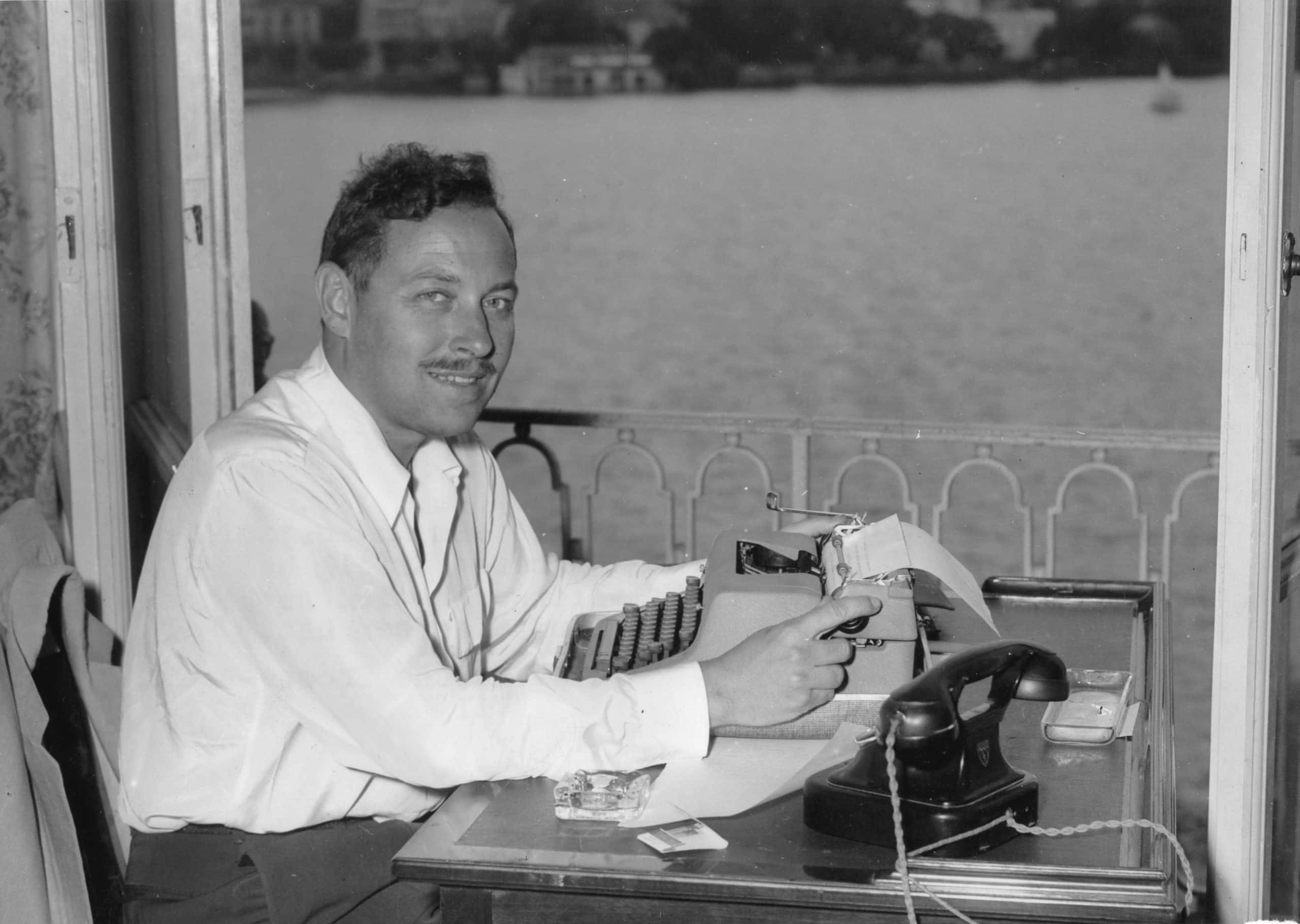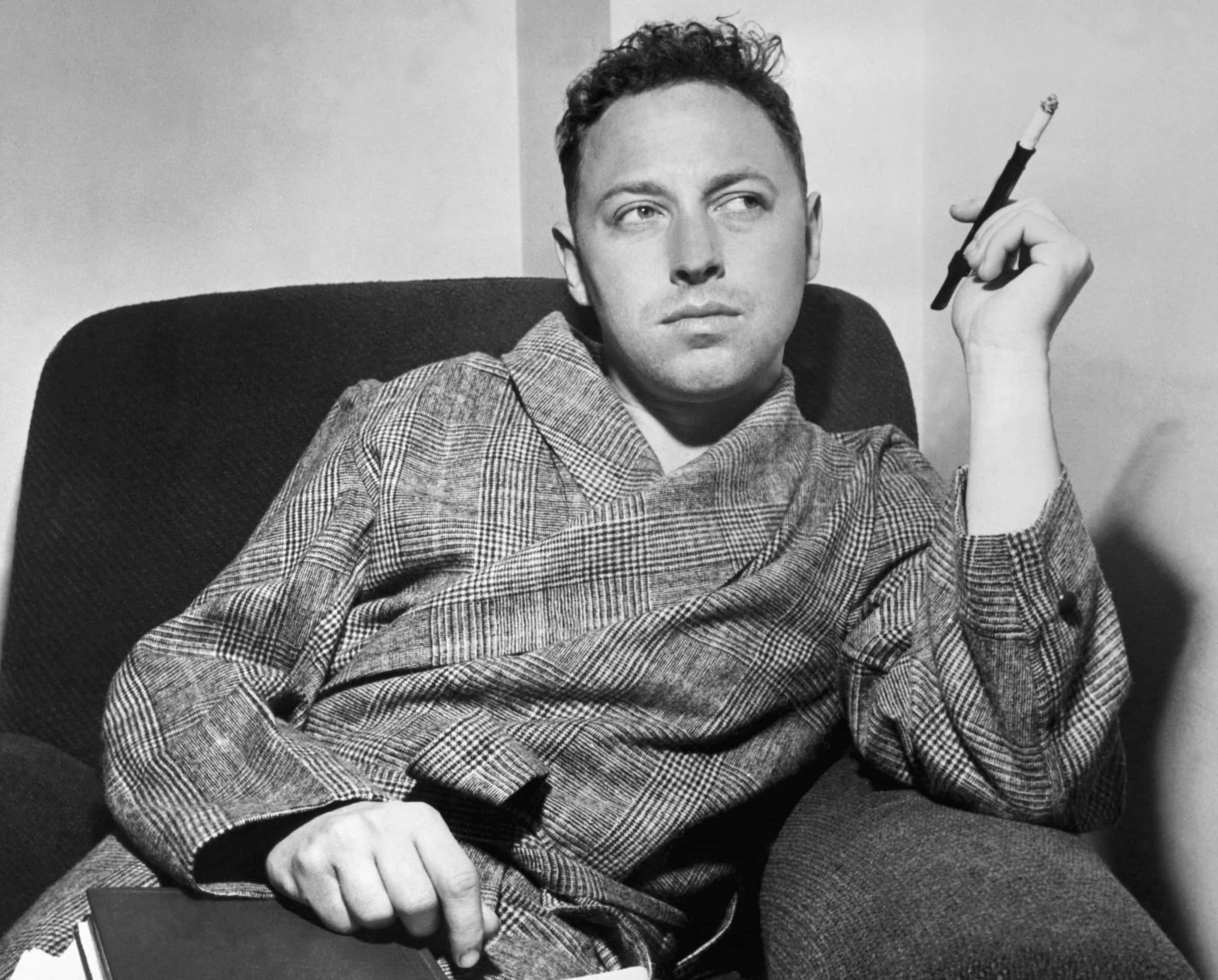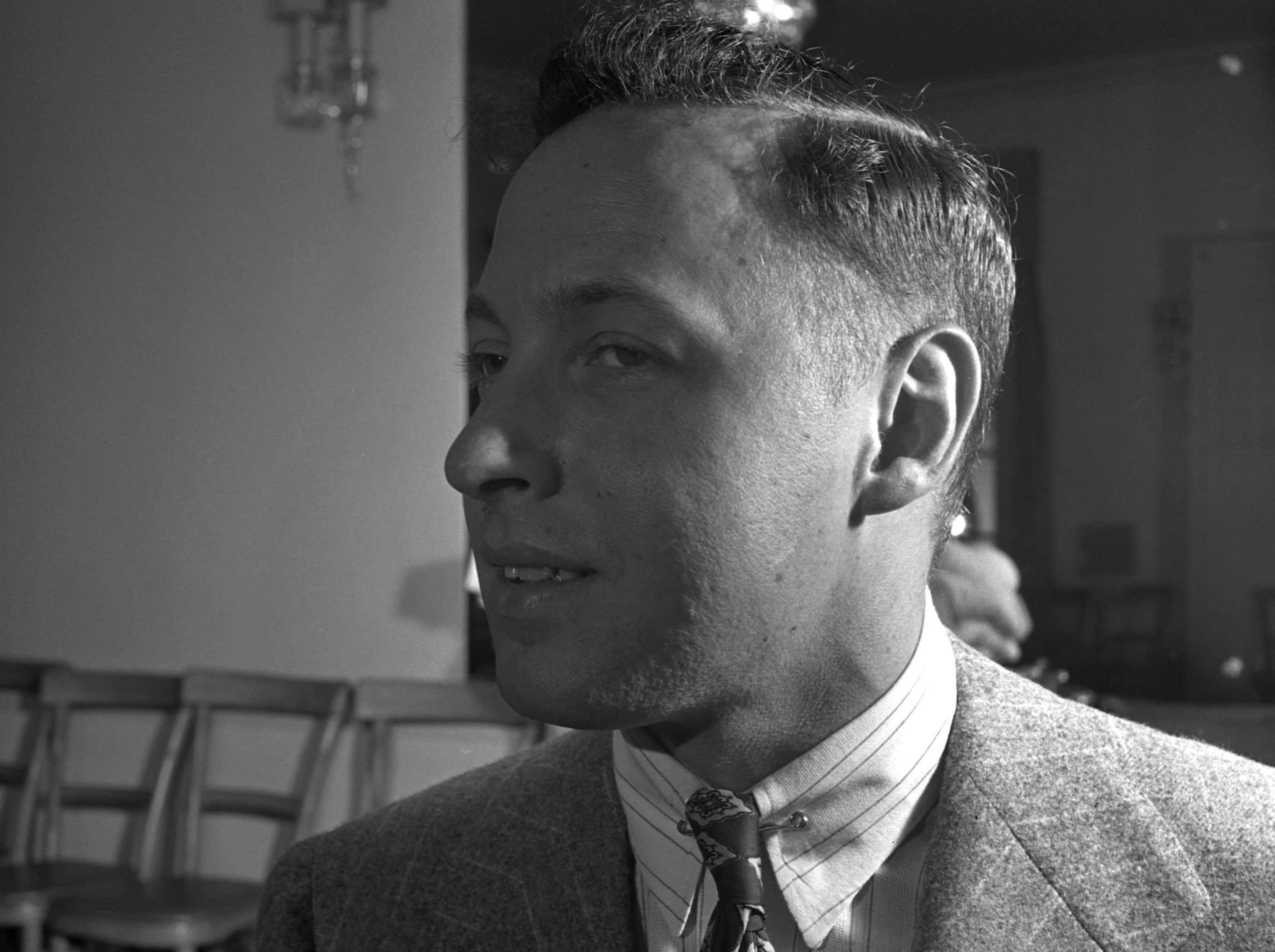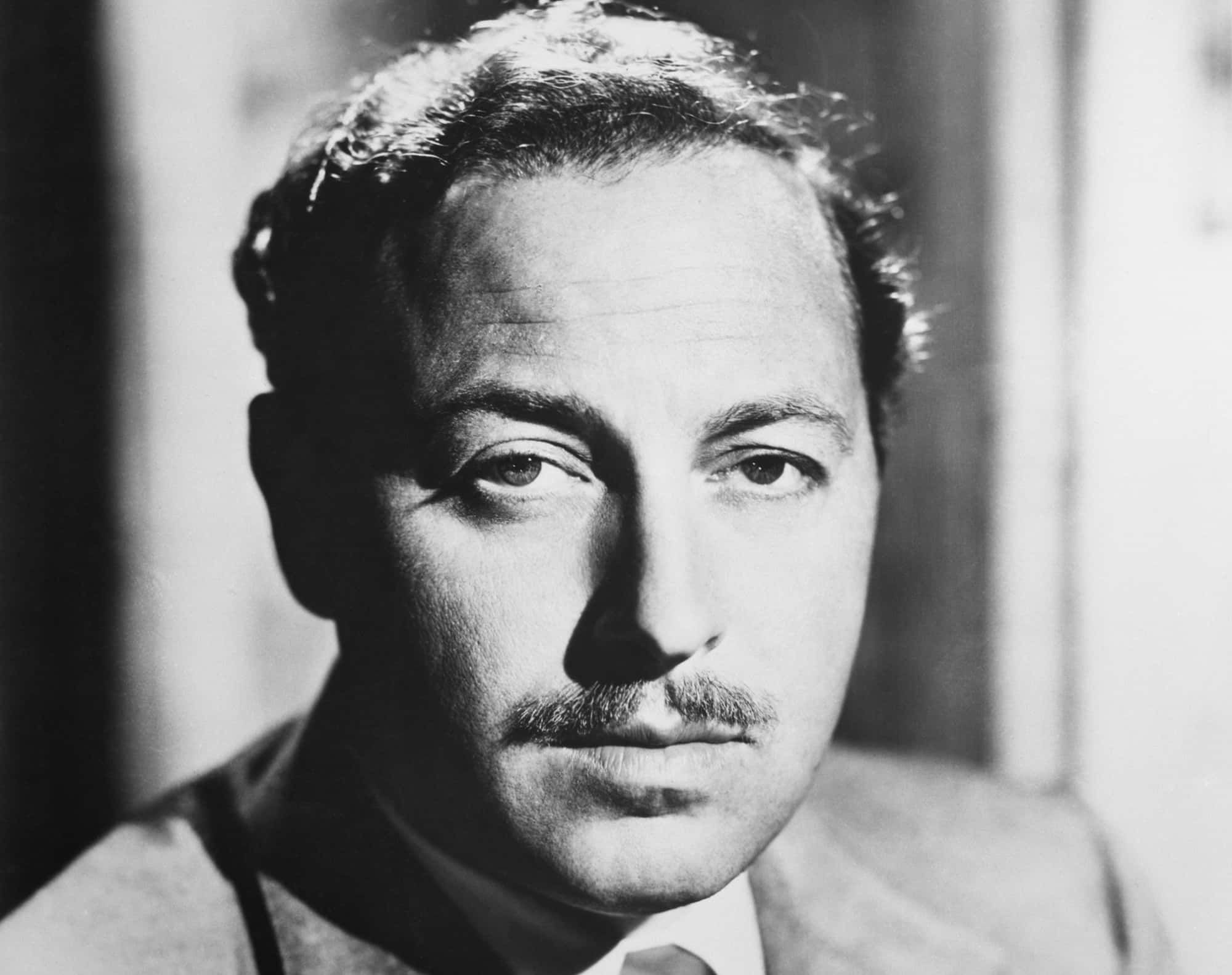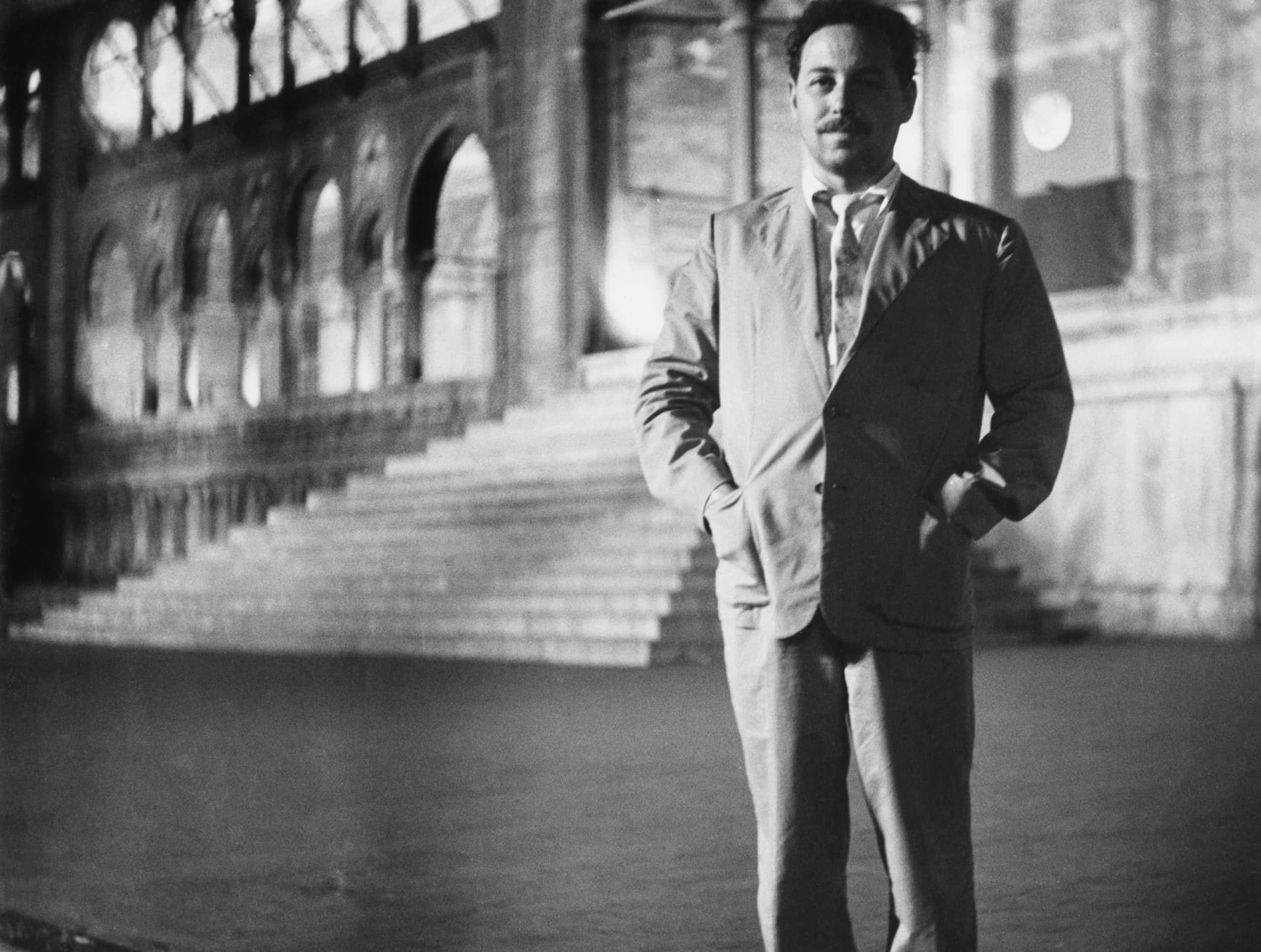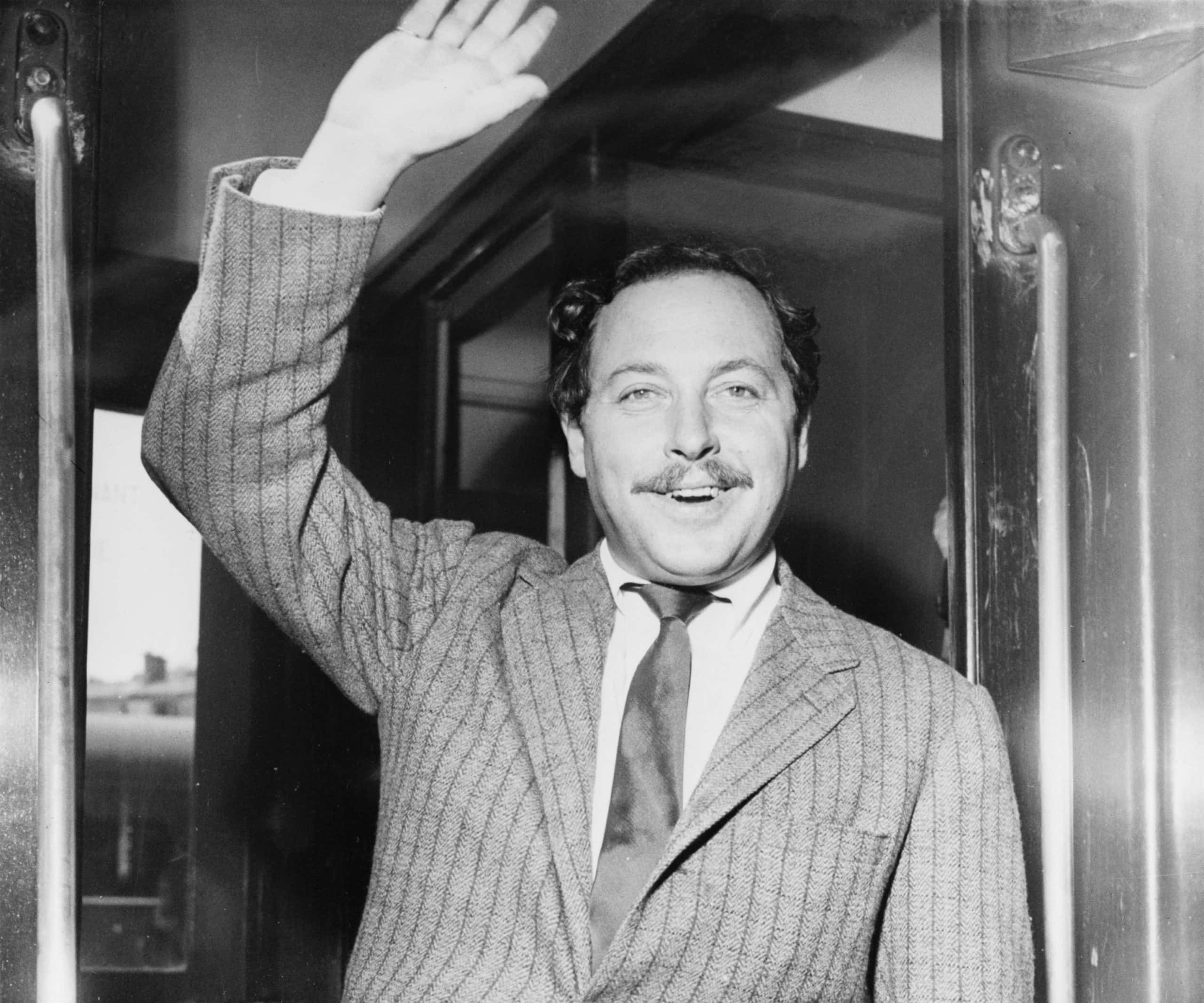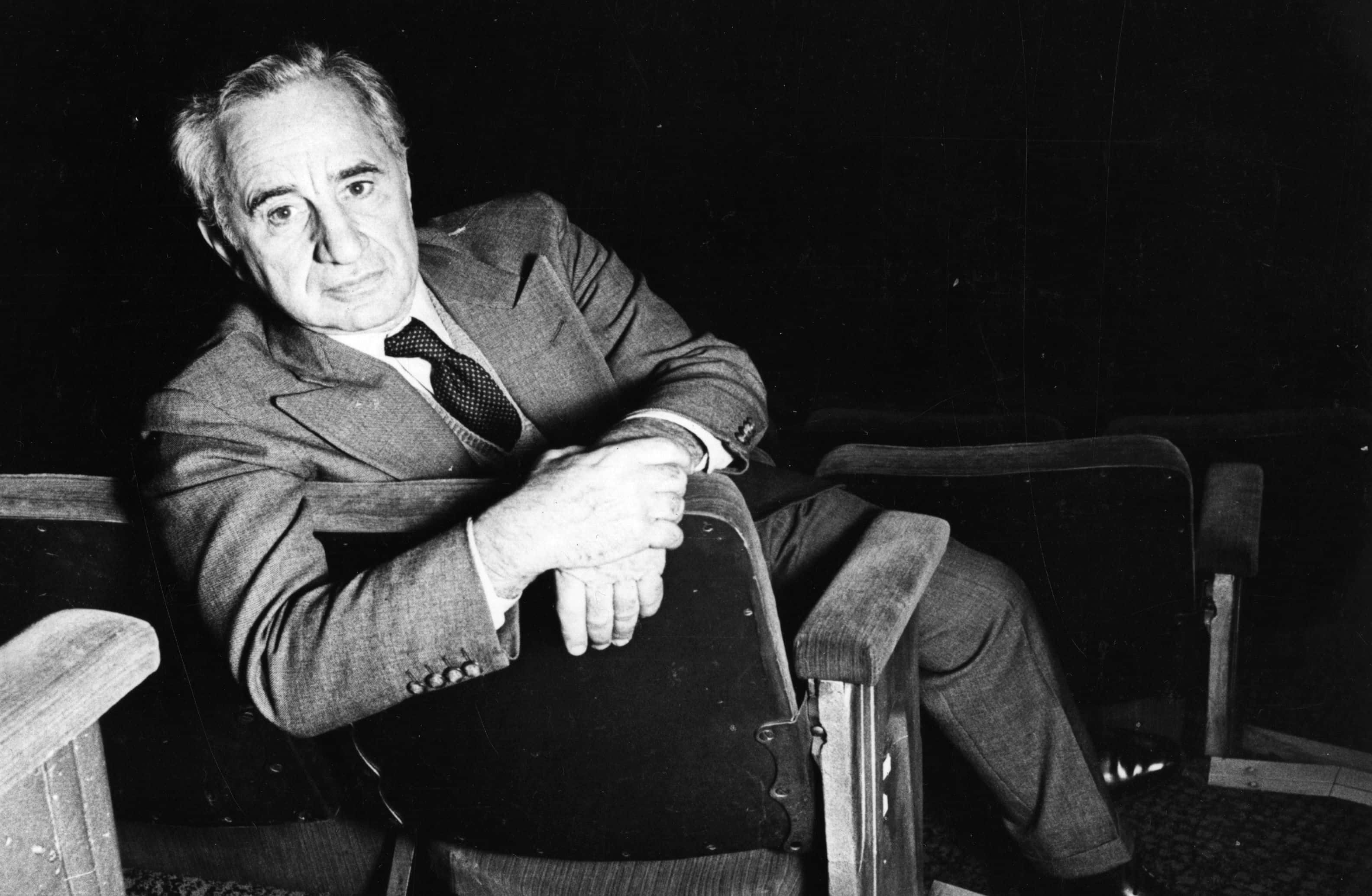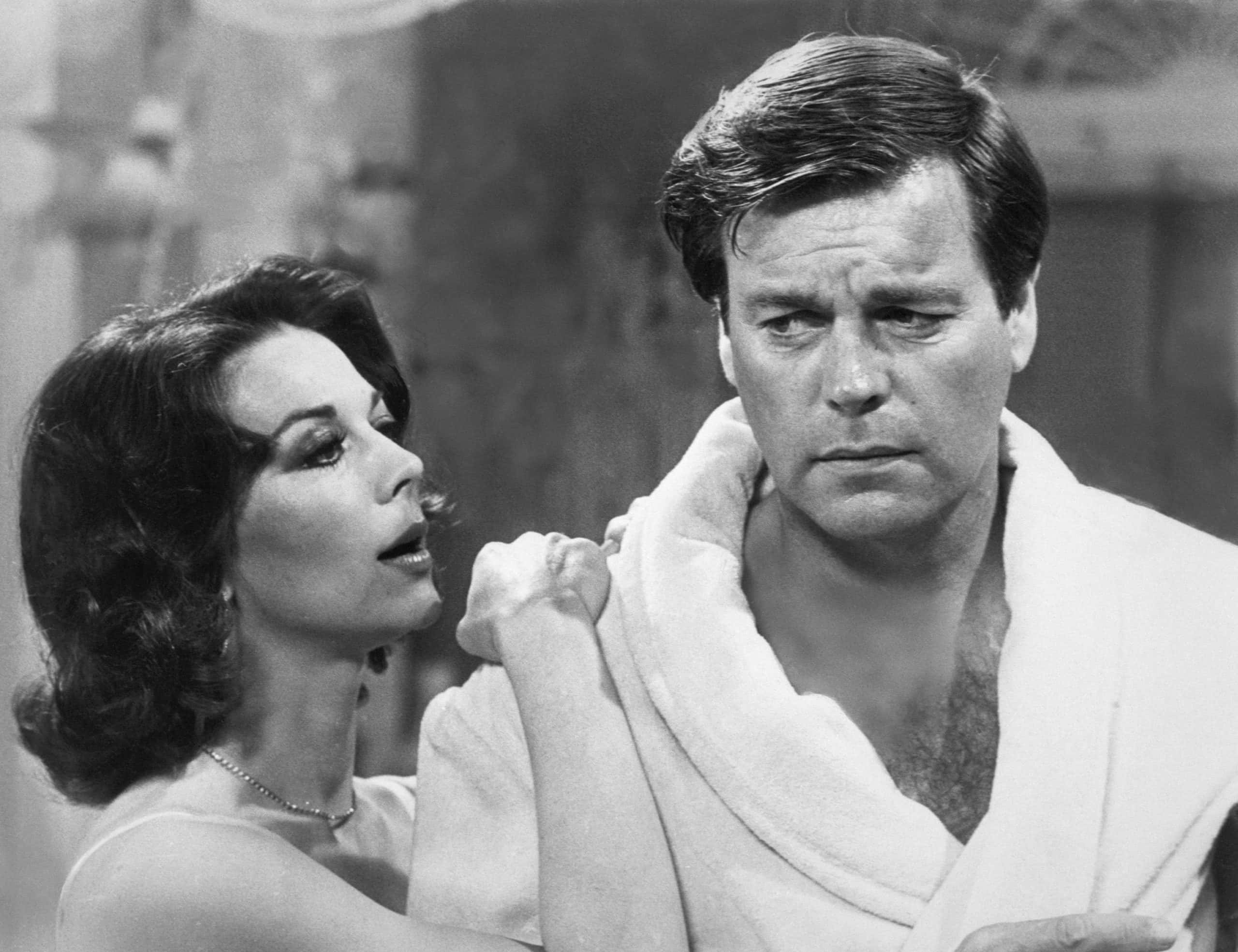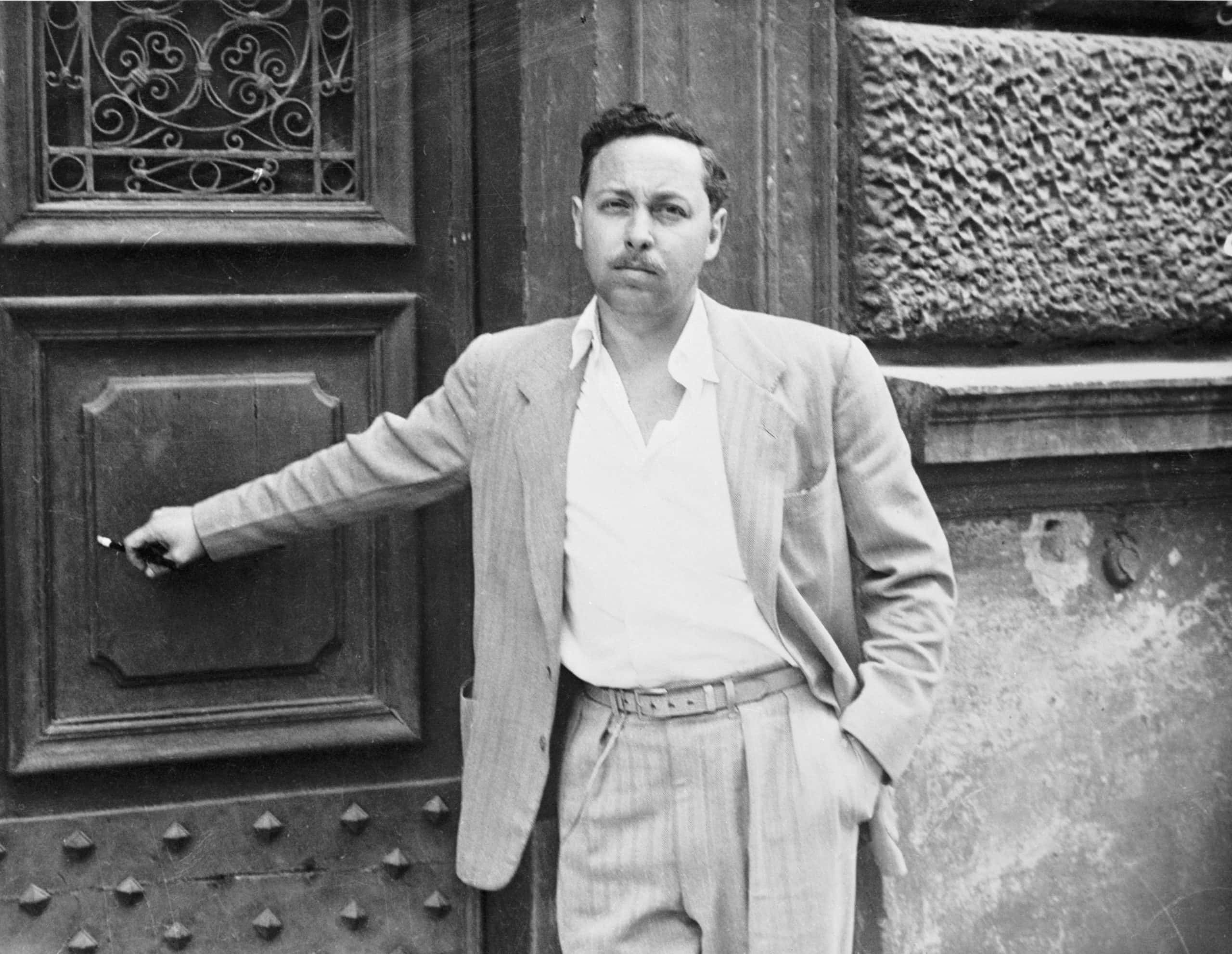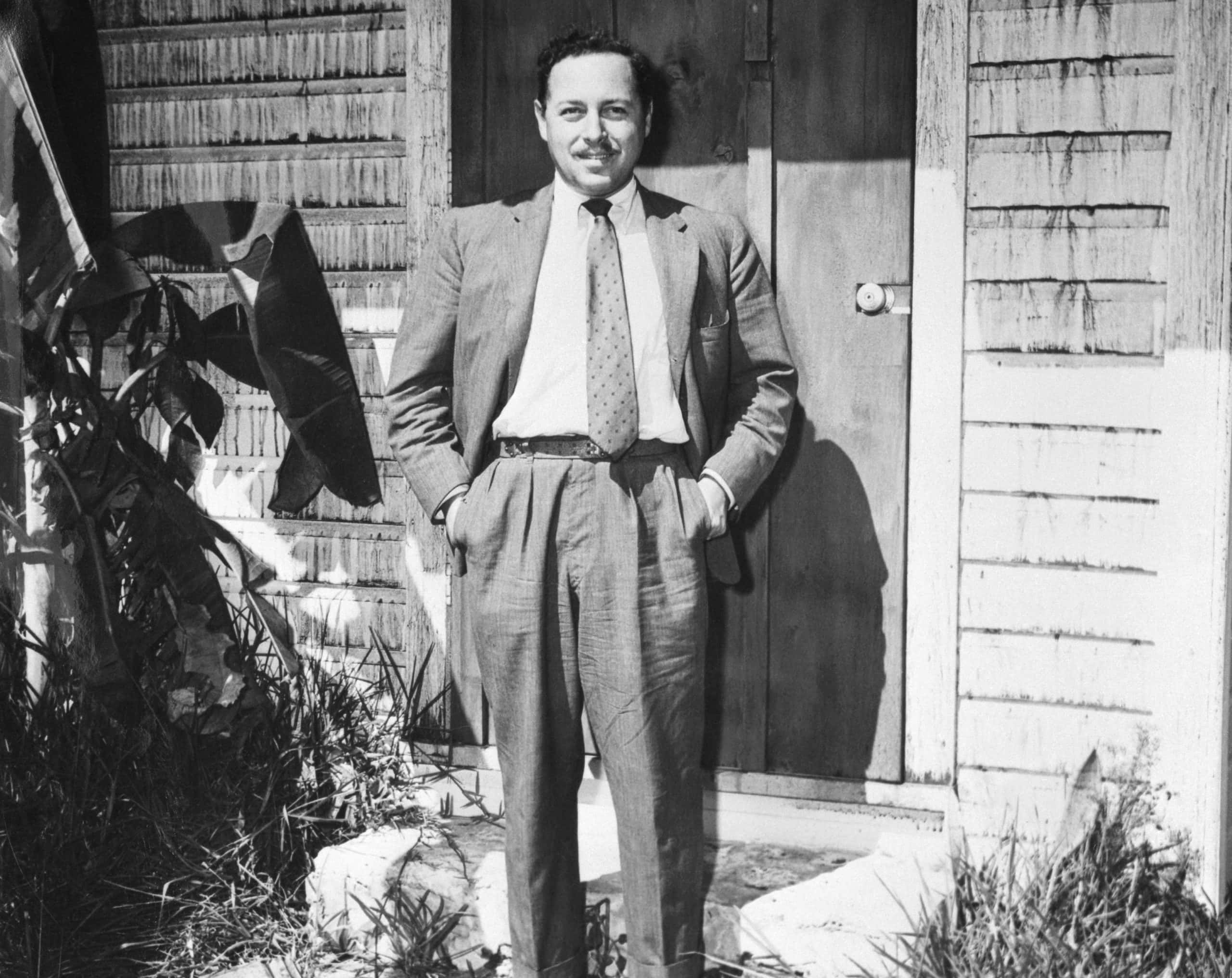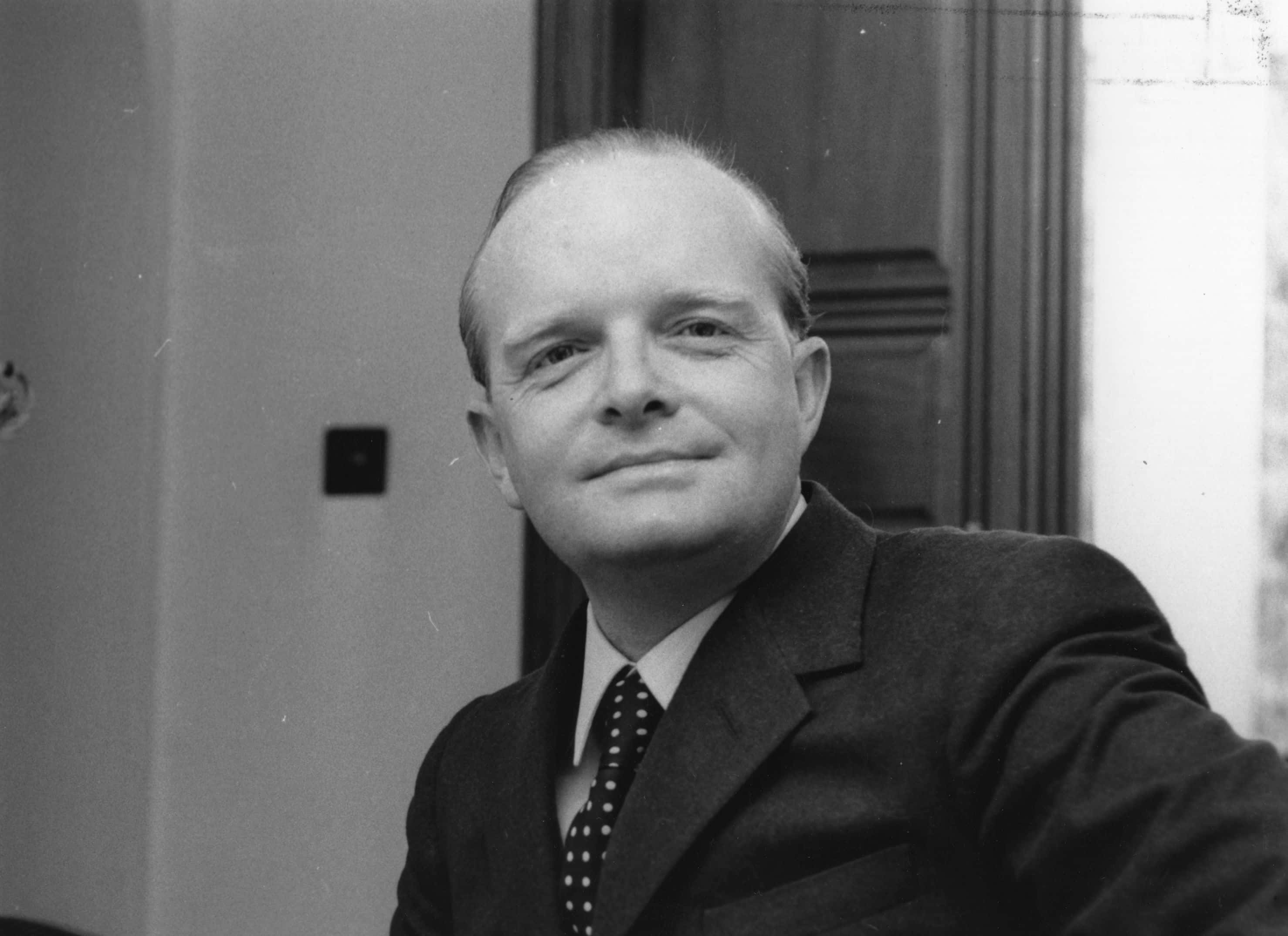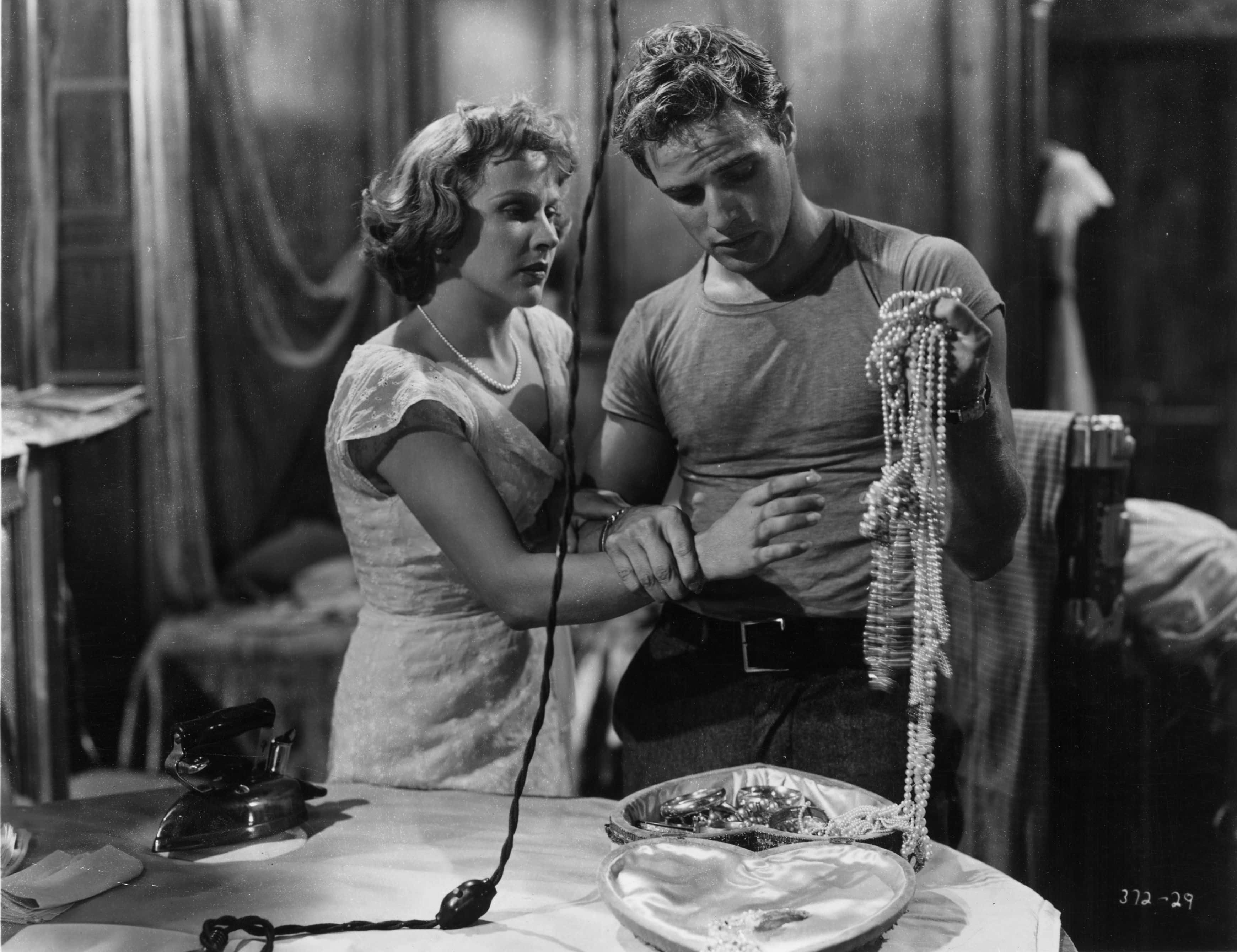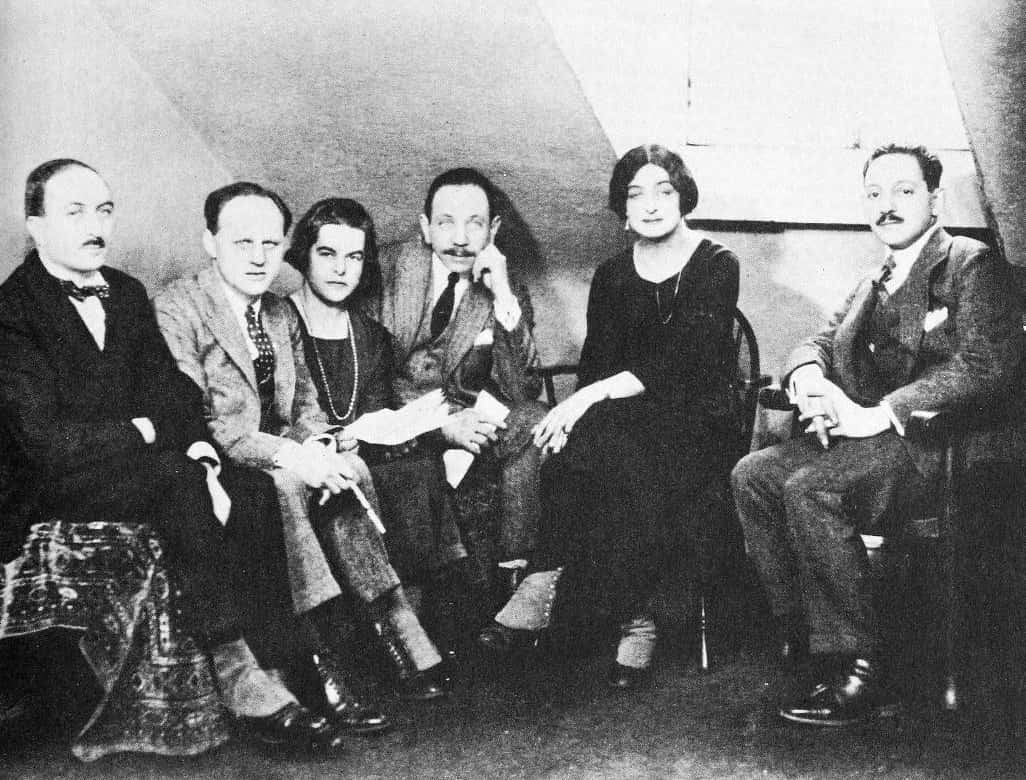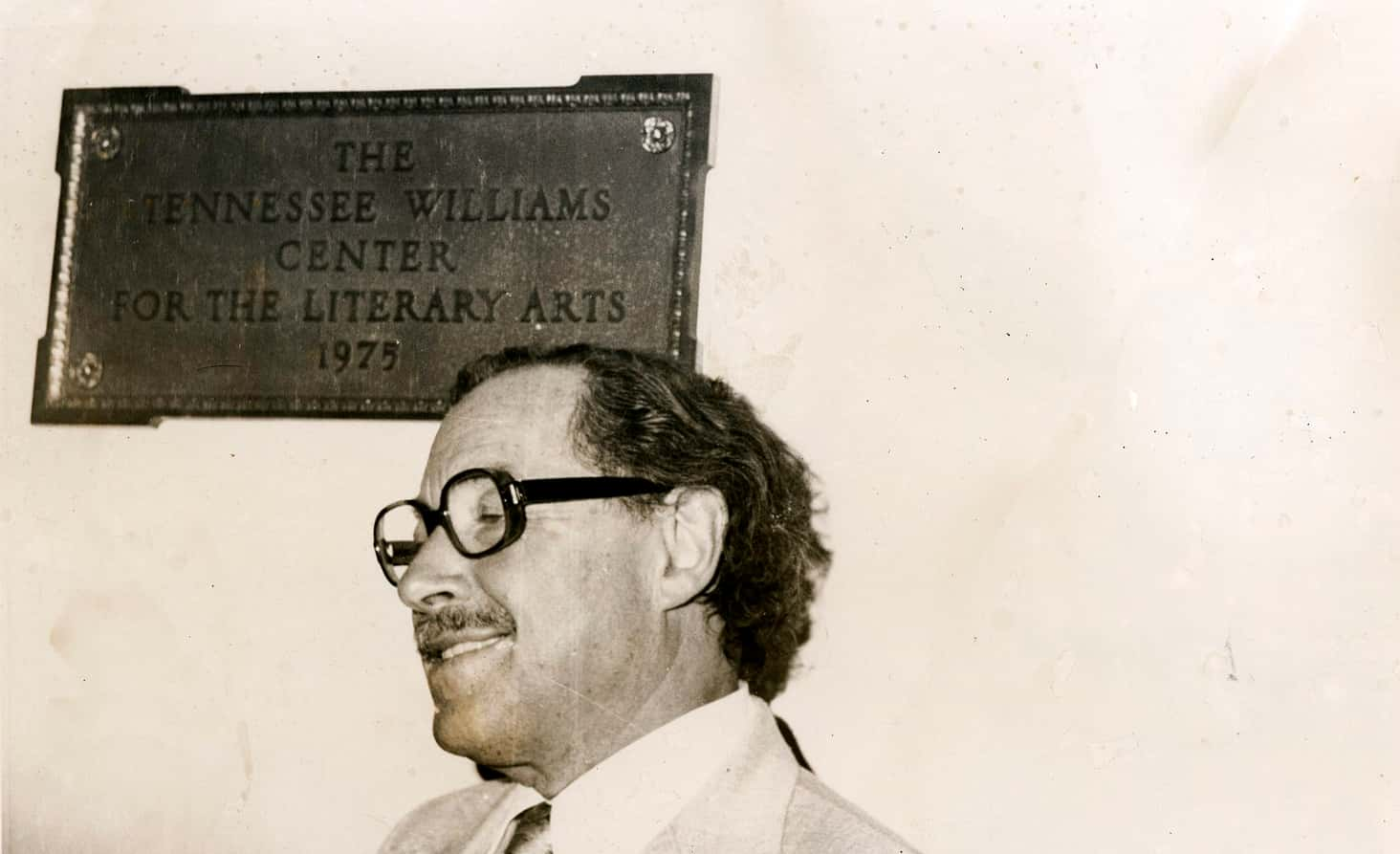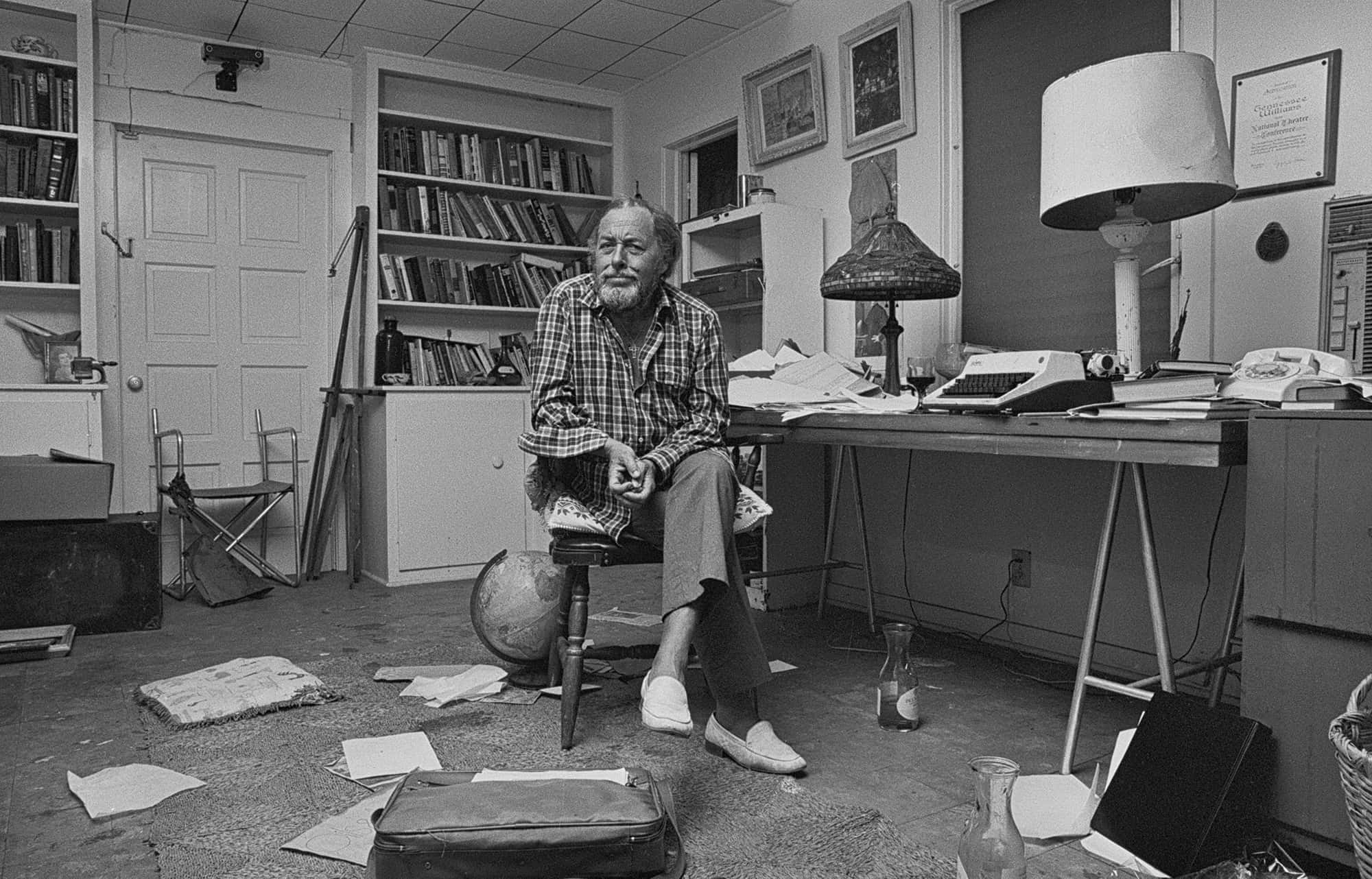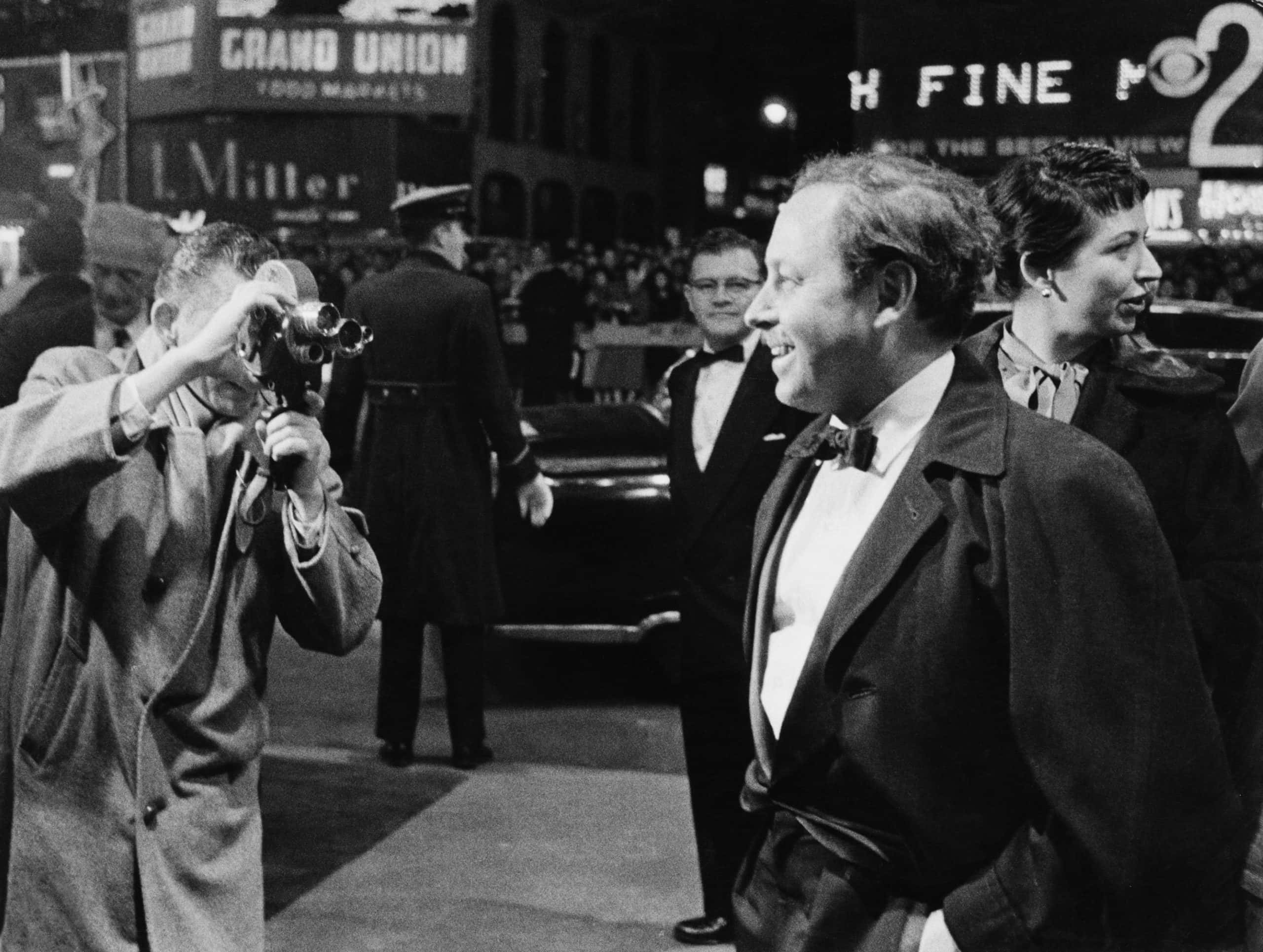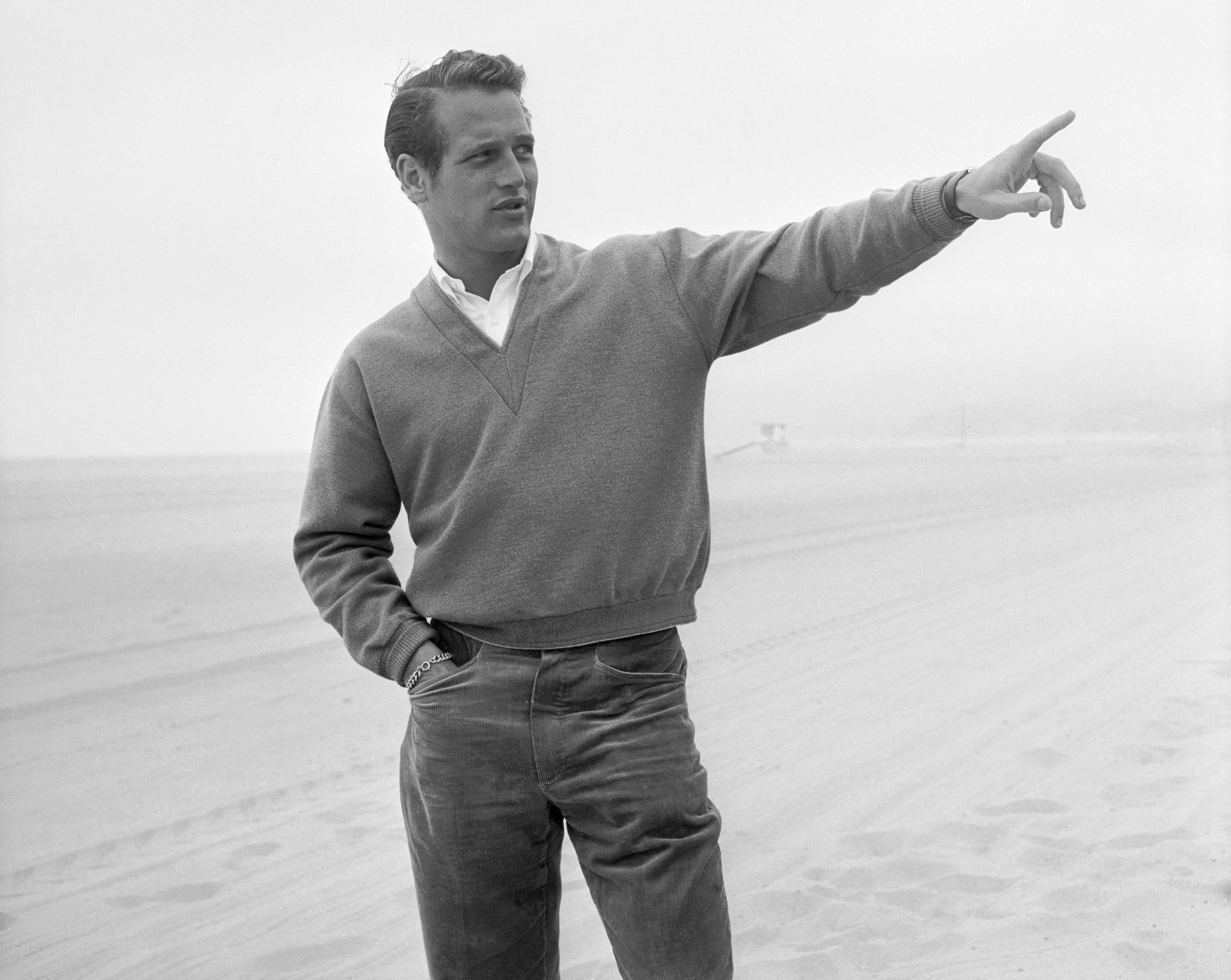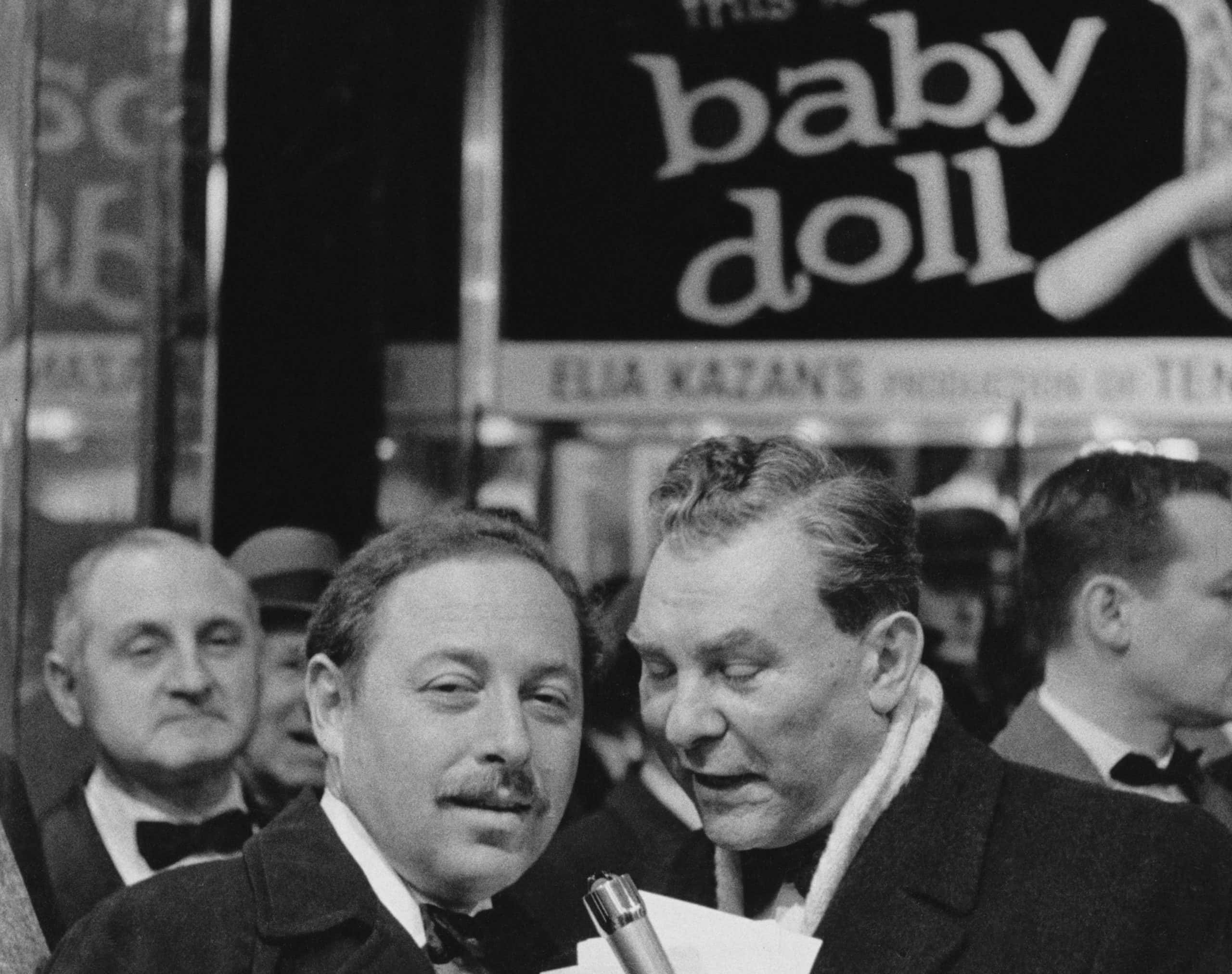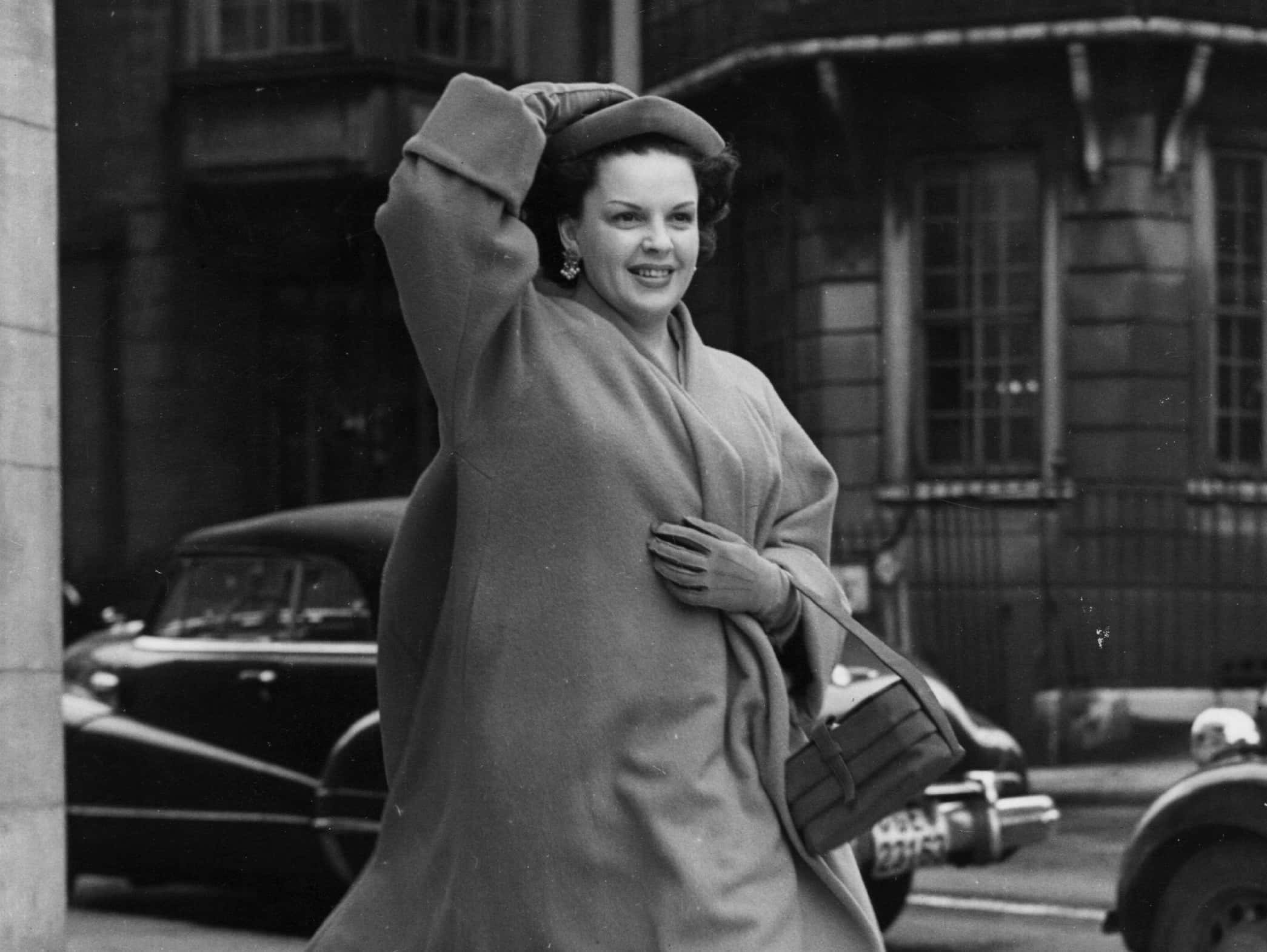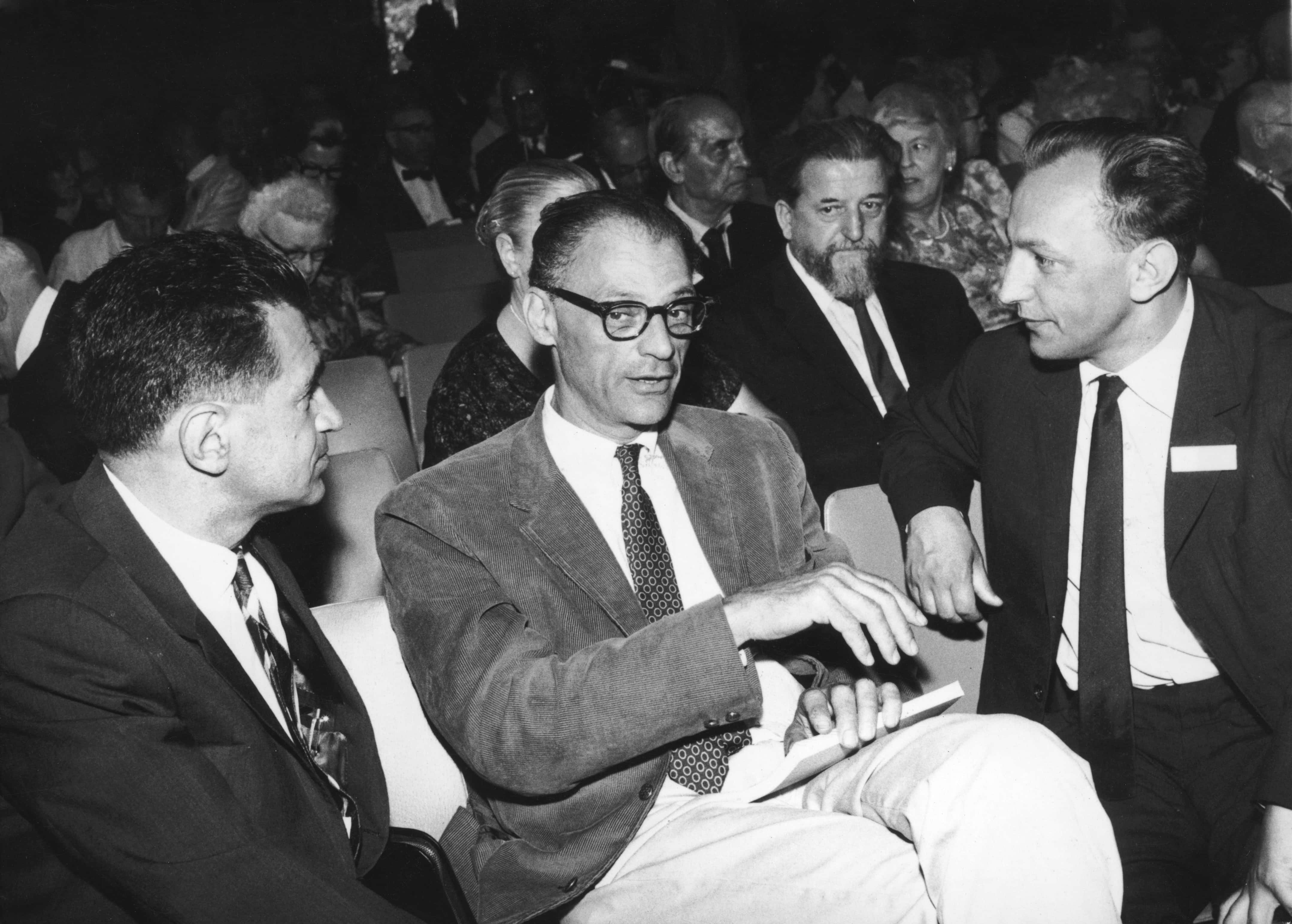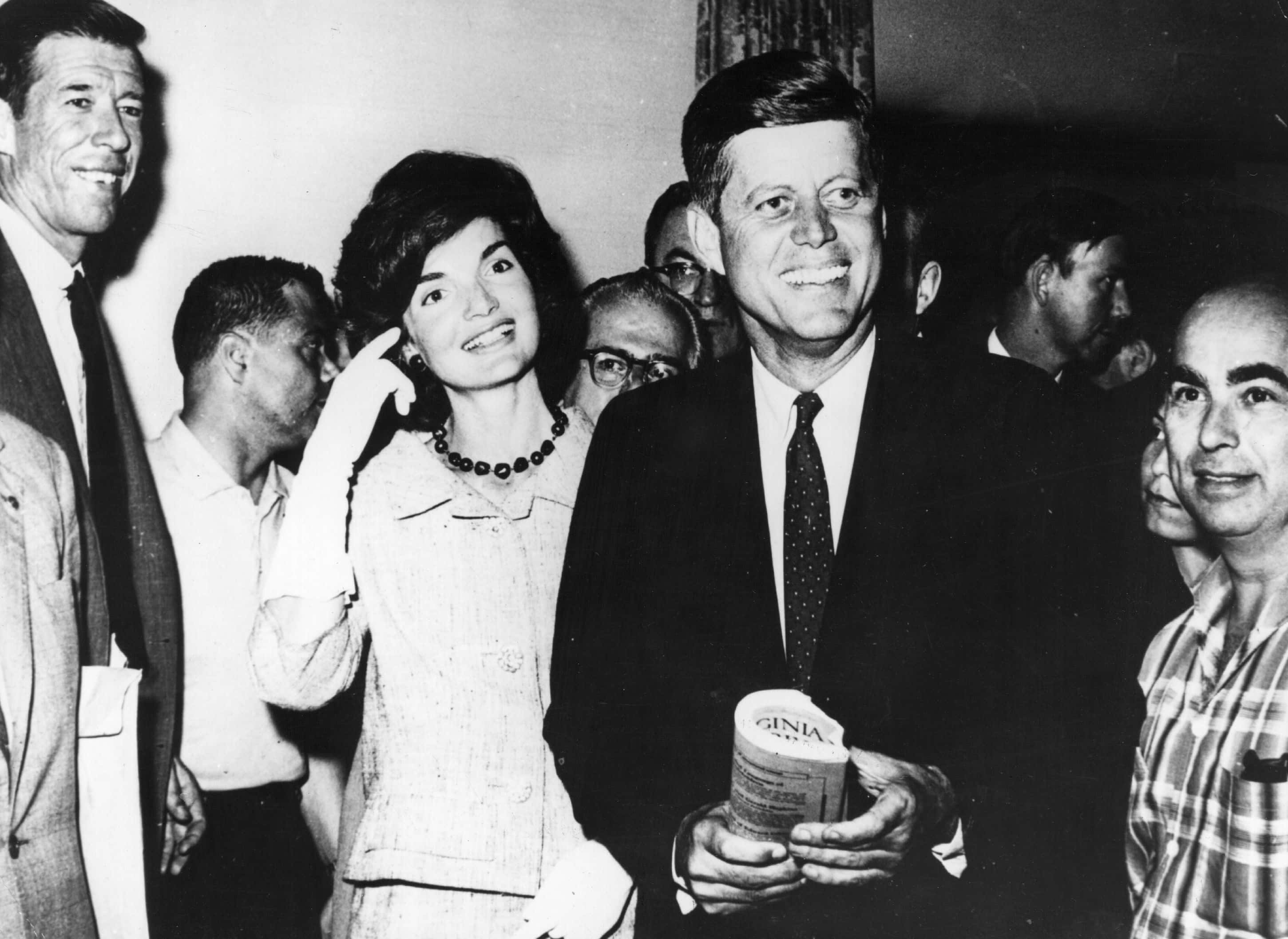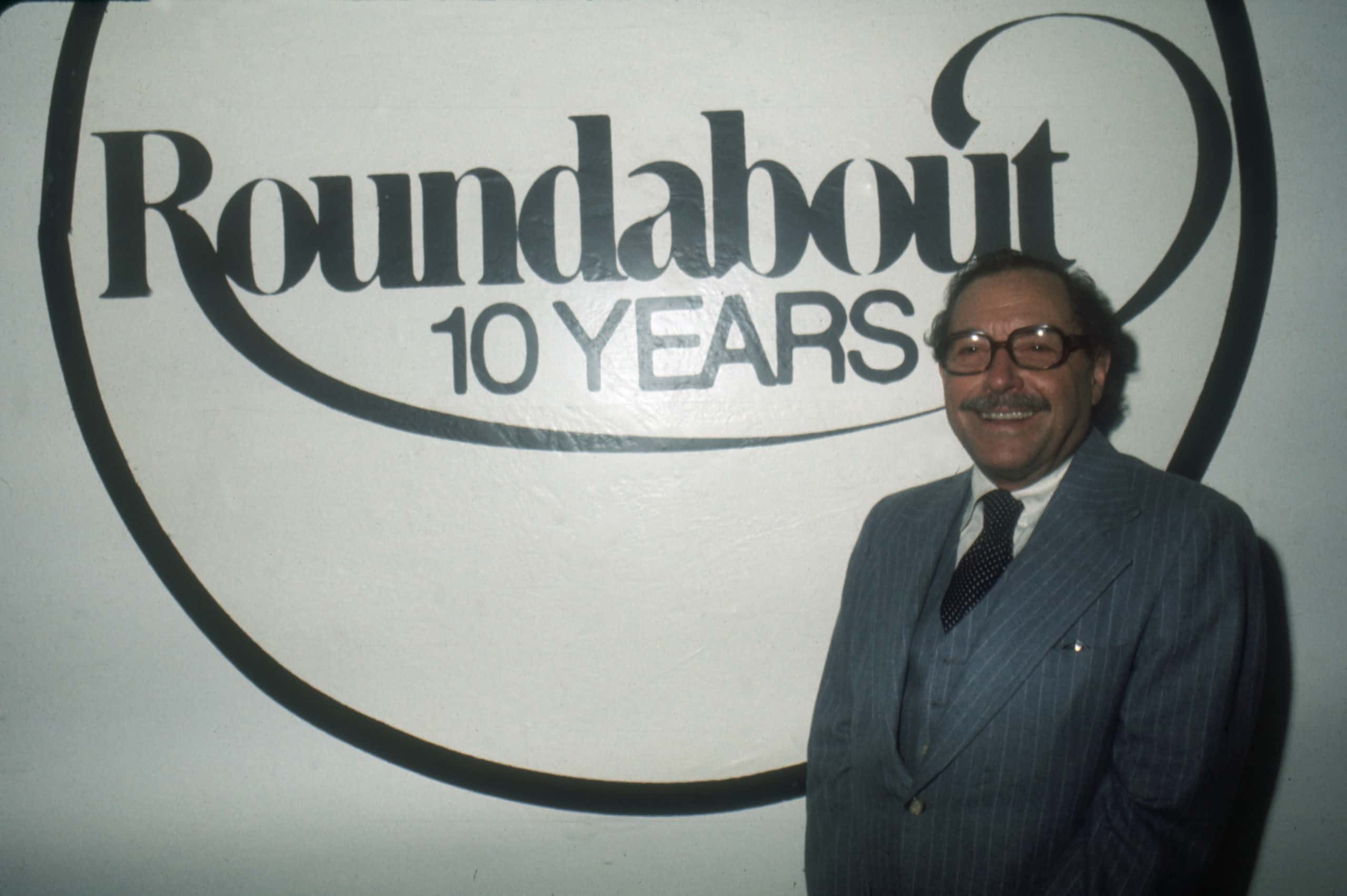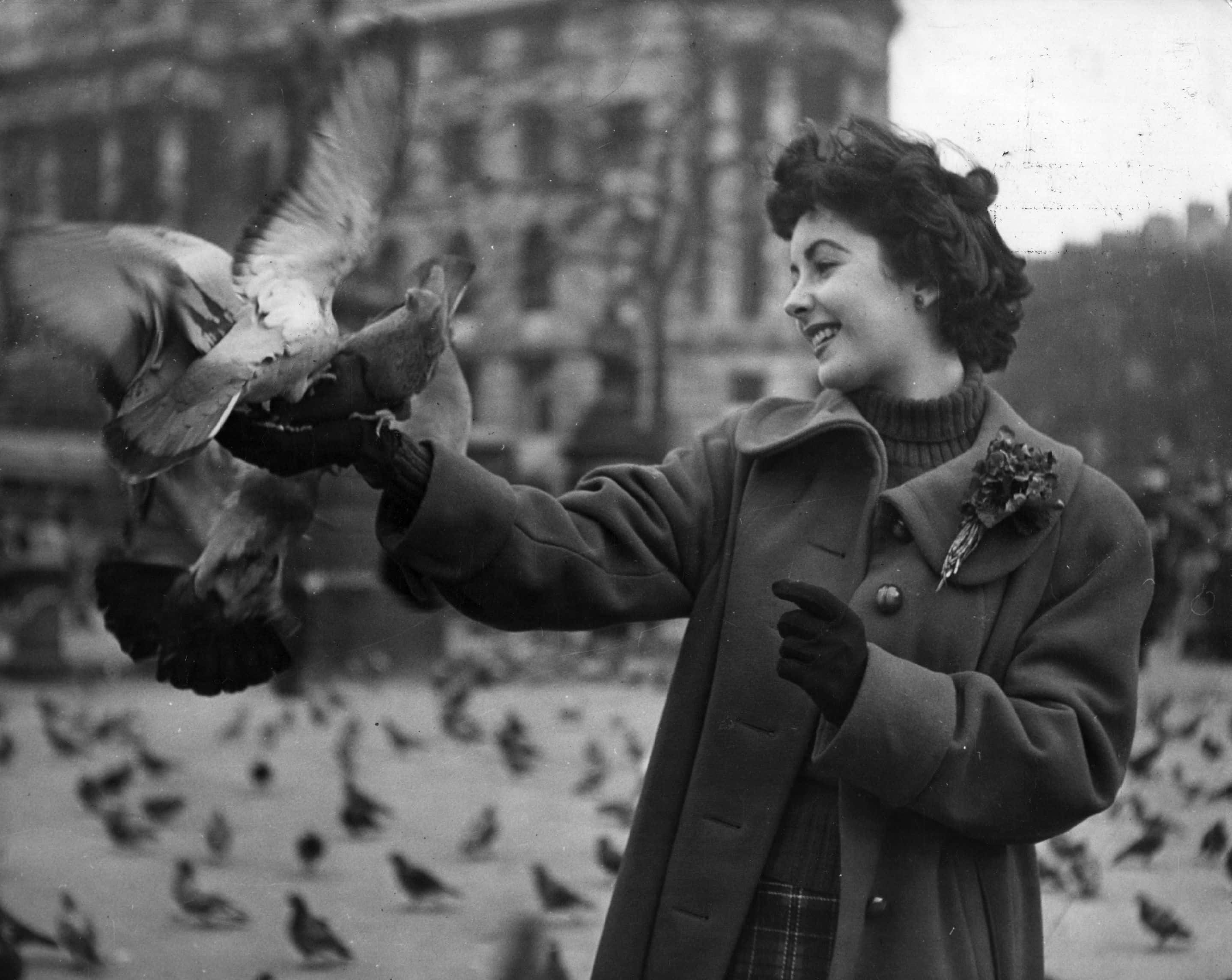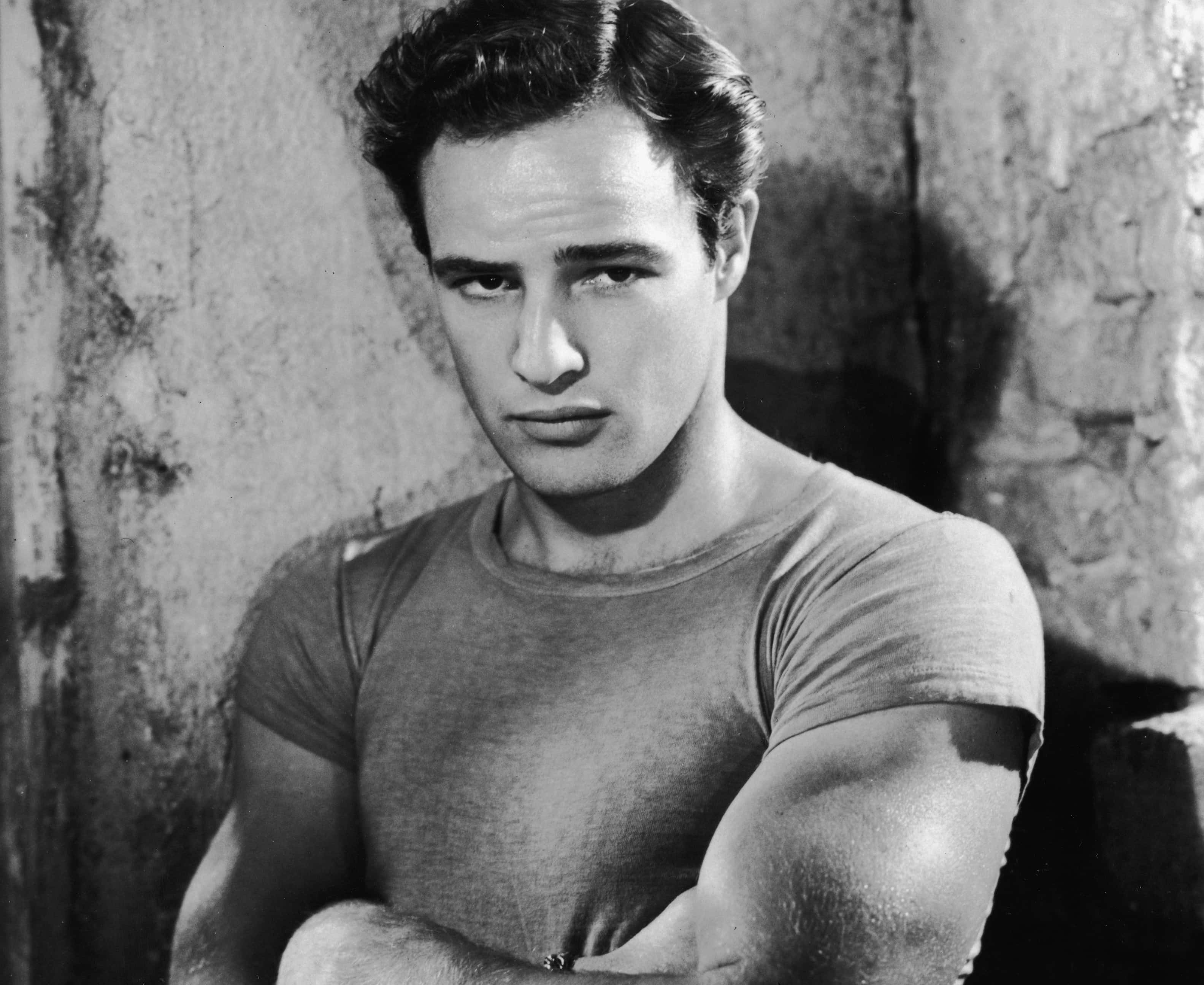Along with Eugene O’Neill and Arthur Miller, Tennessee Williams ranks as one of the most revered American playwrights of the 20th century. Williams' plays—which include Cat on a Hot Tin Roof and A Streetcar Named Desire—have been performed and reimagined on stage and screen. But, as Elia Kazan once said, “everything in his life is in his plays, and everything in his plays is in his life.”
Few people know how frequently Williams' tragic life inspired elements of his writing. To learn more about the life and works of this revolutionary of American theatre, put on your best Southern drawl and read along.
Tennessee Williams Facts
1. A Man by Any Other Name
Williams was actually born Thomas Lanier Williams III (even though his father didn’t share his name). He would take the moniker “Tennessee Williams” as his stage name in 1939.
2. How it Began
Williams was born on March 26, 1911 in Columbus, Mississippi. Very soon after his birth, however, his family moved to Clarksdale, Mississippi, where Williams’ maternal grandparents had been assigned to a parsonage (a church house for a member of the clergy). As such, the scribe grew up very close with his mother and her parents.
3. A Great Start
Despite his most famous works being rooted in realism and taking place in the United States, Williams’ first ever short story revolved around an ancient Egyptian queen named Nitocris. The story, titled The Vengeance of Nitocris, follows the queen going on a rampage to avenge her dead brother (let's just say, a lot of Egyptians drowned in the story).
The story was purchased by the pulp magazine Weird Tales when Williams was just 16 years old, and it was published in August 1928. Williams made the equivalent of around $500 in modern currency.
4. Always Look for the Silver Lining
Williams had a rough childhood, especially after a near-fatal case of diphtheria “left him weak and virtually confined to his house” for a year. However, this proved a blessing in disguise, as being sick at home for that long gave Williams real motivation to unleash his creativity in the form of short stories.
5. Things Were Different Back Then
One important person in Williams’ life was his sister, Rose. However, in a tragic turn of events, Rose was diagnosed schizophrenia when she was still young. By 1943, she was subjected to a lobotomy (anyone who’s seen that one episode from Bojack Horseman will have an idea of what that entailed). Rose was institutionalized shortly after the brutal operation, much to her brother’s devastation.
6. The Dysfunctional Family
Williams’ father, Cornelius, was an infamously ill-tempered alcoholic. He was also disgusted by his son’s lack of physical robustness. By contrast, Williams’ mother poured most of her attention on Williams even as she was “locked in an unhappy marriage.” This dynamic would go on to inspire the bulk of Williams’ later writing.
7. Straight to the Bank
When Williams was just 16, he wrote an essay which was chosen to be published in the literary magazine Smart Set. Titled “Can a Good Wife Be a Good Sport?” the essay won Williams a whopping prize of... five dollars (to be fair, in 2017, that prize would have been worth around $70).
8. Let’s Split
In the 1930s, Williams’ mother had had enough of his father’s increasing alcoholism and his violent disposition. It didn’t help that she had a permanent mark on her face from an incident where Cornelius had slammed her into a door. Edwina finally separated from him during this time. Though they never formally divorced, they never reconciled again either.
9. Sacrifice for Survival
Every writer knows about lean times when their writing doesn’t reach an audience, and William was no exception to this struggle. In his case, he had to pawn his typewriter to have enough money for food on several occasions! We can’t imagine that it was any easier for him the second or third time around.

History's most fascinating stories and darkest secrets, delivered to your inbox daily.
10. A Brute, but an Honest Brute
Despite his father’s propensity for domestic violence and despite his disgust for his own son, Williams managed to find something admirable in his father’s character. As he recalled, when Williams was a child, he attempted to steal fruit from a nearby fruit stand. However, his father noticed what Williams was doing and promptly slapped his hand. Williams would never forget his father’s lesson, praising Cornelius for observing a policy of “total honesty and total truth.”
11. Which Floor, Sir?
Like many writers, Williams worked a number of different jobs before his writing career really kicked off. One of these jobs was a hotel elevator operator when he was living in New York.
12. Groundbreaking Playwright Even Back Then
Williams studied at the University of Missouri from 1929 to 1931. It was during this time that he also submitted all kinds of written works to writing contests. One of these was Beauty is the Word, his very first play. It caused the burgeoning writer to be given an honorable mention in the writing competition, making that a first for any freshman at the university.
13. The Place Where You Sell Your Sole
Williams never finished his studies at the University of Missouri; when he was twenty-one, his father pulled him out of school following his failing a military training course. Instead, he was made to work in a factory owned by the International Shoe Company, which was where his father worked.
14. Once Upon a Time…
Williams first learned creativity as a child from his African-American nurse. Known only to history as Ozzie, she would frequently tell Williams tales which would later encourage his own storytelling abilities. We can only hope that he would invite her to his plays’ matinee performances!
15. So it Begins
Williams’ first taste of success came in 1944 when he debuted his play The Glass Menagerie. Inspired by elements from his own life, Williams’ play struck a chord with audiences and would win the New York Drama Critic’s Circle Award in 1945.
16. Interesting Overlap
During his lifetime, Williams won two Pulitzer Prizes. One was awarded for his play A Streetcar Named Desire in 1947 and the other for Cat on a Hot Tin Roof in 1955. Interestingly, both these plays would be adapted into Oscar-nominated films directed by Elia Kazan.
17. Student for Life
Williams attended no fewer than four postsecondary schools as a student. Besides his time at the University of Missouri, Williams went to St. Louis and enrolled at Washington University. Just a year after that, however, Williams transferred to the University of Iowa instead. After graduating from the latter institute in 1938, Williams also went to the Dramatic Workshop of New York City’s The New School.
18. Cool Cat
Cat on a Hot Tin Roof, premiering in 1955, has continued to be one of Williams’ most successful plays. It also happened to be Williams’ favorite of his plays.
19. It was a Golden Age
In a span of roughly ten years between 1948 and 1959, no fewer than seven plays penned by Williams appeared on Broadway.
20. The Writer and the Actresses
One of Williams’ first cousins was none other than famous actress Diane Ladd. Her daughter, and Williams’ cousin once removed, would also follow her relatives into the entertainment industry. You know her as actress Laura Dern.
21. Rough Start
After a few attempts at heteronormativity, Williams did not embrace his sexual identity until he was a mature man in the 1930s. In 1940, he began his first gay relationship with Kip Kiernan, a Canadian dancer whom he met in Massachusetts. Sadly, like so many first relationships, this did not end well for Williams. Kiernan would spurn him to enter into a heterosexual marriage and would die tragically young in 1944. Both these events were severe emotional blows to Williams.
22. That’s My Little Bro
Going back to the subject of Williams’ beloved sister, he used his success and earnings as a writer to move Rose to a private facility outside of New York City. Williams not only visited her frequently, but he also “gave her a percentage interest in several of his most successful plays, the royalties from which were applied toward her care.”
23. Family Reunions Must Have Been Fun!
In an interesting connection between famous LGBTQ American writers, Williams was a seventh cousin once removed of Truman Capote.
24. The Birth of a Legend
In the late 1940s, Williams was preparing his new play, A Streetcar Named Desire. One hopeful young actor was supposed to come to Williams’ cottage in Massachusetts, but he arrived four days late (he’d had to hitchhike his way there). When he finally did arrive, the actor found that Williams’ cottage was in a state of crisis due to the fact that the plumbing was broken.
Surprisingly, the actor was able to fix the issues with the pipes before reading his audition for the play. As you’ve probably guessed by now, this actor won the lead role of the play, but he also went on to star in the movie adaptation in 1951. Not only was it his film debut, it was also his first Oscar nomination. And so the world came to know the great actor Marlon Brando.
25. High Flattery
According to Williams, the first time he met Lawrence Langner (the co-founder of the Theatre Guild), Langner’s desk was covered with manuscripts. However, when Williams came in, Langner swept them all off his desk and invited Williams to sit down, stating that it was Williams’ “genius” that he cared about.
26. Daddy Issues?
Williams’ second major relationship began in 1945 when he met the hotel clerk Pancho Rodríguez y González while he was visiting New Mexico. The following year, Rodríguez moved in with Williams at his New Orleans residence. However, despite their devotion to each other, Rodríguez was a hard-drinker who was highly temperamental. Williams would break up with him in 1947. Surprisingly, though, they remained close friends despite their failed relationship, and continued to be in contact as late as the 1970s.
27. Named for my Salvation
It’s never been fully confirmed what inspired Williams to use “Tennessee” as his stage name. However, according to the man himself, he found true joy and meaning early in his adult life when he worked with an amateur theatre group in Memphis, Tennessee one summer. As Williams later declared, that experience “was the only thing that saved my life.” We can assume that he went with “Tennessee” because “Memphis” was already taken by blues musician Memphis Slim.
28. Where Did it Go Wrong?
Williams’ success in the 1950s was not to be replicated afterwards in his life. Instead, he spent the late 1960s and 1970s in a slump, as his plays from that period were poorly received. Many blamed Williams’ attempts to expand his artistic range, while others point out the irony that partly because of his groundbreaking work in the 1950s, the theatre world had moved forward leaps and bounds, leaving the one-time-wunderkind behind the times.
29. The Good Times
The most important relationship in the writer’s love life was the one he had with former Navy man-turned-actor Frank Merlo. Meeting in 1948, the two men would remain a couple for the next fourteen years. During that time, Merlo acted as Williams’ personal secretary, giving him a level of stability that he'd never had before, and never would again.
30. The Bad Times
Sadly, the relationship between Williams and Frank Merlo dissolved because both men were committing infidelities. Not only that, Williams was beginning to develop a drug problem to combat the serious depression that had haunted his entire life. Shortly after they broke up, however, things took a turn for the worse when Merlo was diagnosed with lung cancer. Williams came back to Merlo’s side to look after him as best he could. Merlo would succumb to his illness on the 20th of September 1963.
31. Cowardly Omission
Despite all its success, there emerged a controversy around the 1958 film adaptation of Cat on a Hot Tin Roof. While the play directly addresses the prejudices against homosexuality, the film censors at the time forced the adaptation to drop this theme almost entirely. Both Williams and Paul Newman, who co-starred in the film, were furious with these forced edits, despite the film’s success at the box office and with the critics.
32. Scandalous!
By contrast, two years prior, Williams encountered controversy with the 1956 film adaptation of his play 27 Wagons Full of Cotton. This film, titled Baby Doll, was condemned harshly by the Catholic community in the United States for its subject matter (the film is about a married teenager whose virginity is sought by her husband and a rival). Despite the protests and boycotts, and despite the film being banned in several countries, Baby Doll was nominated for several Oscars and was a box office success. Interestingly, two famous character actors (Eli Wallach and Rip Torn) made their film debuts in Baby Doll.
33. My Time with Dr. Feelgood
After the death of Frank Merlo, Williams experienced a period of several emotional breakdowns and a heightened drug addiction. He was hospitalized many times during the 1960s and became a customer of Dr. Max Jacobson, AKA Dr. Feelgood. Jacobson was famous for prescribing strong amphetamines to such well-known figures as John F. Kennedy, Elvis Presley, and Judy Garland. Safe to say that Jacobson didn’t always have his clients’ health as his top priority.
34. Art Inspired by Life
In the summer of 1948, Williams was living in the city of Rome. While he was there, he formed a close relationship with a young man known only to us as “Rafaello.” Williams would continue to support his companion after their affair was ended. He would also base his first ever novel, The Roman Spring of Mrs. Stone, on this relationship.
35. The End
Williams died on February 25, 1983 at the age of 71. He was found in the Hotel Elysee in New York. It was reported by New York City's Chief Medical Examiner that he had choked to death on a plastic bottle cap which had become lodged in his mouth, but this claim has been disputed by some.
36. I’ll Show You!
Interestingly, Williams had a great respect for fellow American playwright Arthur Miller. So, he took umbrage at the news in 1954 that Miller was not allowed a passport by the US State Department to attend the opening of his new play at the National Theatre of Belgium. The reason for Miller’s rejection was that he was a suspected Communist.
Williams wrote to the department and pointed out that “this action can only serve to implement the Communist propaganda, which holds that our country is persecuting its finest artists and renouncing the principles of freedom on which our ancestors founded it.” We can only assume someone gave him a microphone to drop.
37. Certainly No Prophet
In the late 1950s, Williams co-wrote the screenplay for the film adaptation of his play Suddenly, Last Summer. His co-writer was none other than the famous writer Gore Vidal. During the writing process of the script, the co-writers took time off to visit two of Vidal’s friends in Palm Beach to do some target-shooting. Interestingly, these two friends were Senator John F. Kennedy and his wife, Jackie! In a famous moment, Williams remarked to Vidal, “They’ll never elect those two. They are much too attractive for the American people.”
38. Probably for the Best
Williams never had any children of his own during his life, but if he was ever upset about that, he certainly hid those feelings well. In fact, he once stated “I’m very happy I never had any children. There have been too many instances of extreme eccentricity and even lunacy in my family on all four sides for me to want to have children. I think it’s fortunate I never did.”
 Picryl
Picryl
39. Winter Romance
In the 1970s, an aging Williams began a new relationship with Robert Carroll. Carroll was a Vietnam War veteran in his 20s who was hoping to become a writer. However, both men suffered from drug problems, leading to a stormy relationship. Williams’ opinion of Carroll would alternate between adoration and hostility. However, despite a nasty falling-out in 1979, the two men remained close friends. Carroll was, in fact, the only person besides Williams’ sister Rose to be a beneficiary of Williams’ will.
40. Seeing a Pattern Yet?
Of the theatrical films that have been adapted from Williams’ plays, seven of them have been nominated for at least three Academy Awards each! Not only that, only three of those films (Cat on a Hot Tin Roof, Baby Doll, and Suddenly, Last Summer) didn’t end up winning any of the Oscars for which they were nominated. Coincidentally, two of those exceptions both starred Elizabeth Taylor.
41. No Need to Thank Me, Brando
Williams hated his time working in the factory of his father’s shoe company, but it proved to be an invaluable time for him. One reason was that he became even more motivated to write in his spare time, driven by a desire to get out of that work schedule and work environment. Another reason was that it was at that factory where he met a particularly uncouth and boorish man who, to quote Mark Knopfler, was better with his muscles than he was with his mouth.
This co-worker ended up inspiring Stanley Kowalski, one of the main characters from the scribe's most famous play, A Streetcar Named Desire.
42. My Heart Belongs in the Sea
Williams had always been a strong admirer of American poet Hart Crane, a writer of LGBTQ identity who had tragically ended his life by casting himself into the sea from a steamship. As a result, Williams put it in his will that he wished for his body to be placed in the sea, as close as possible to the place where Crane had ended his life. Sadly for Williams, his brother overrode this final wish, and arranged to have the playwright buried beside his mother instead.

